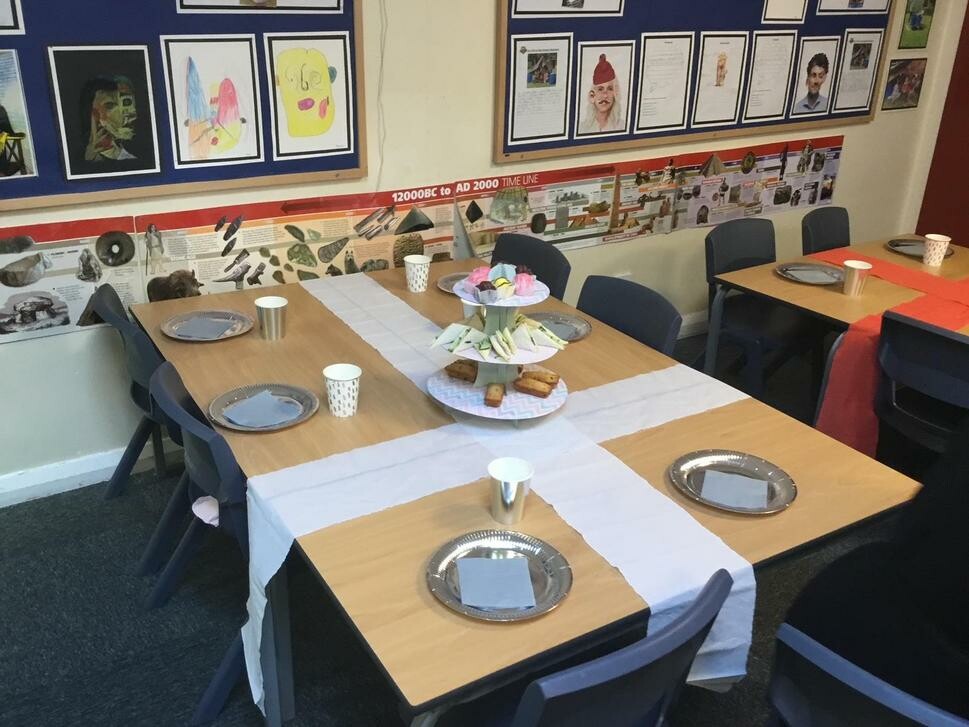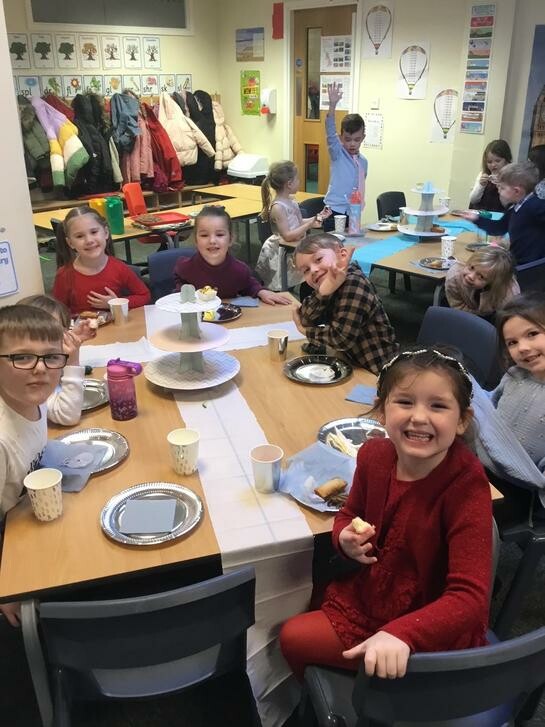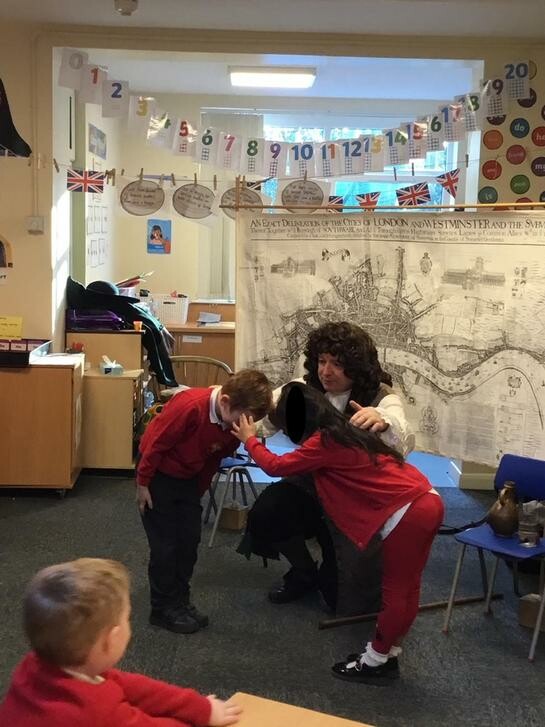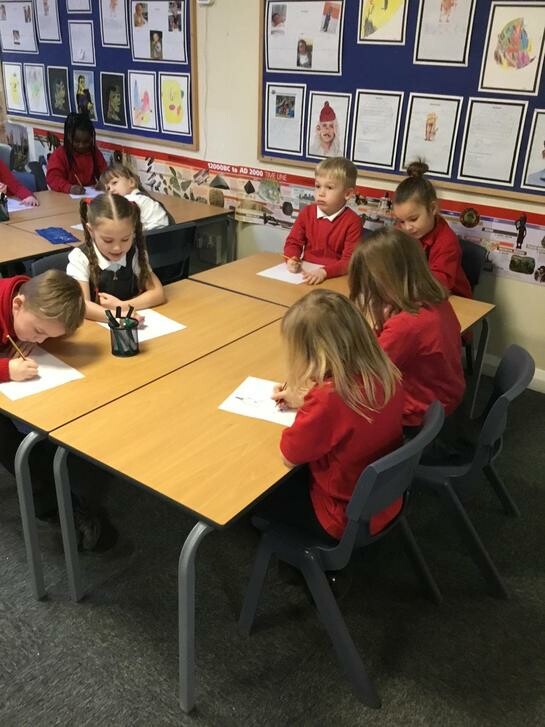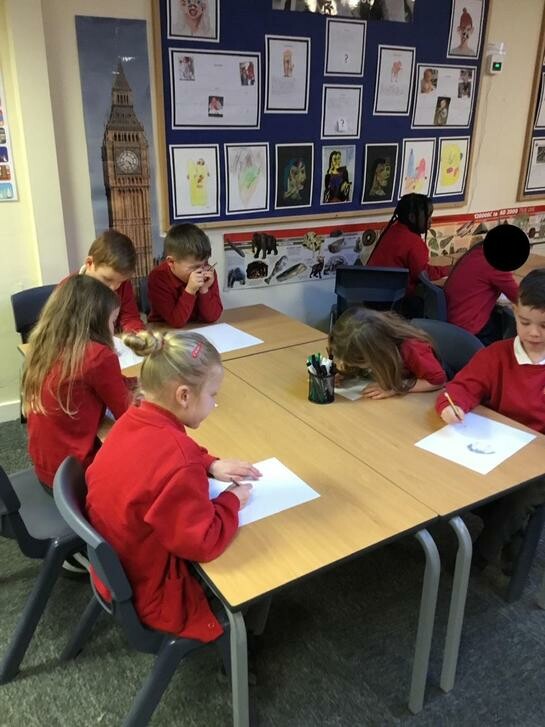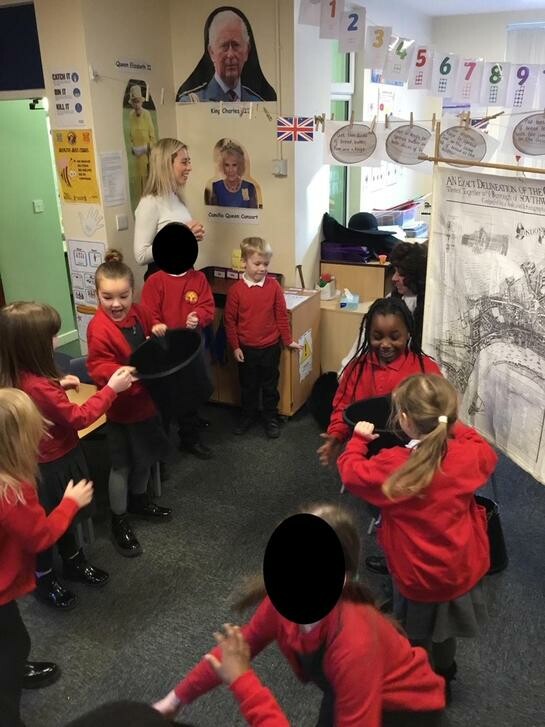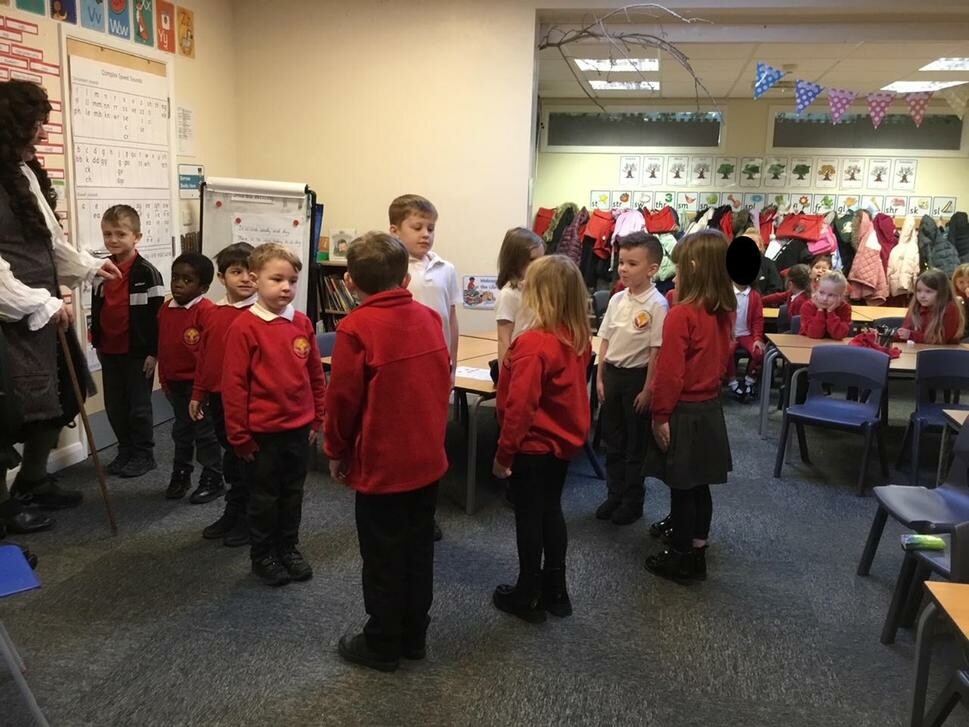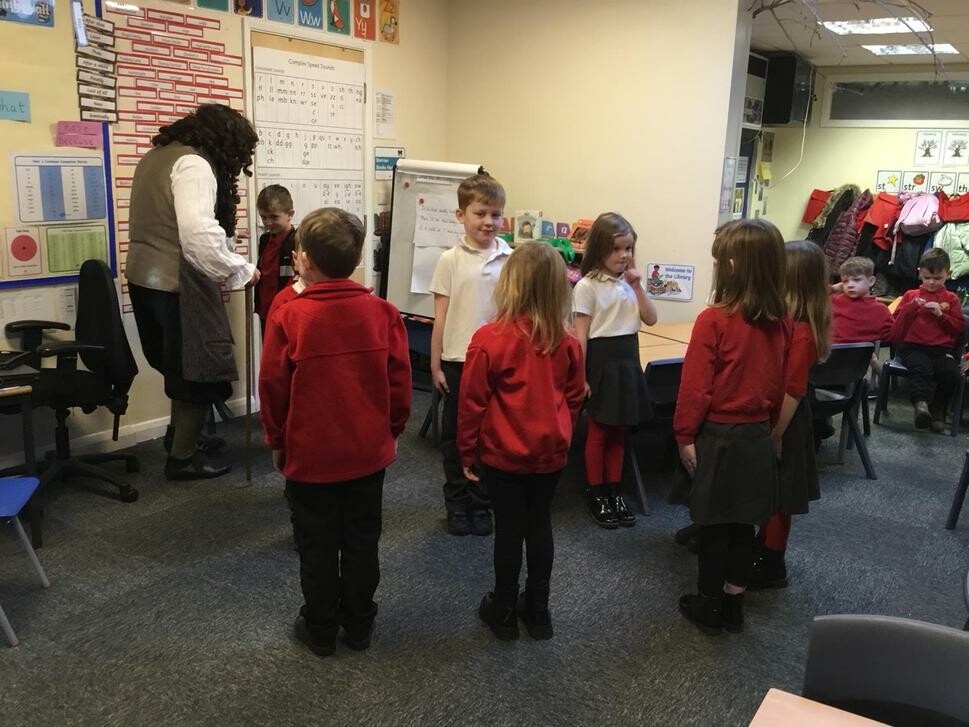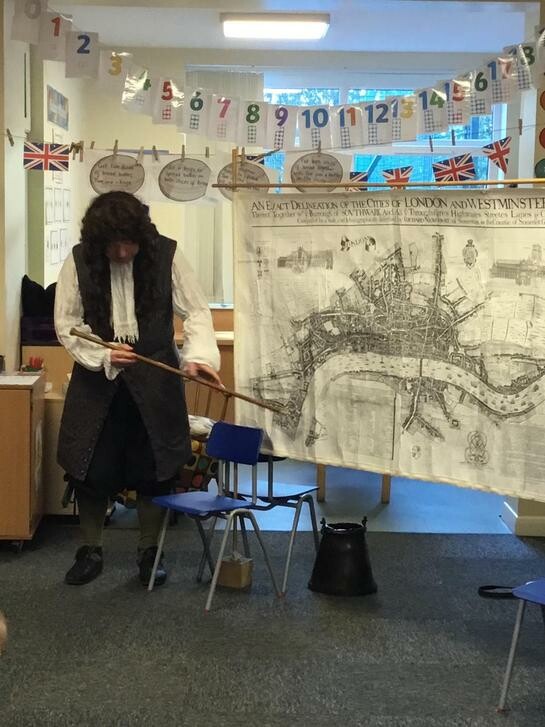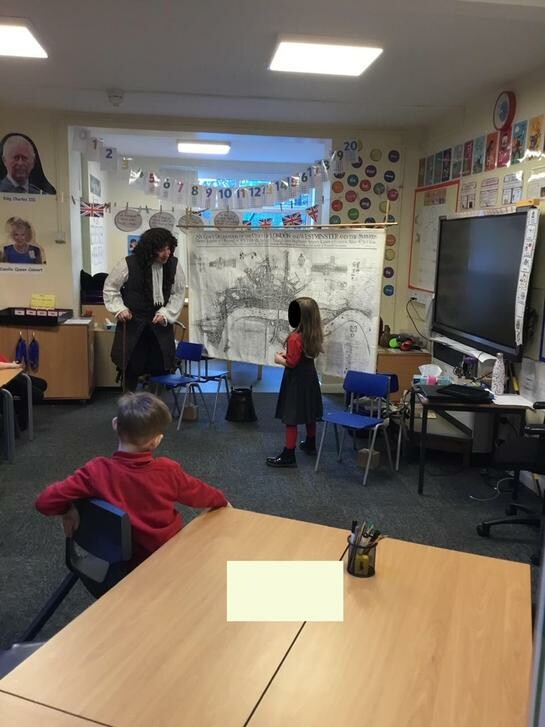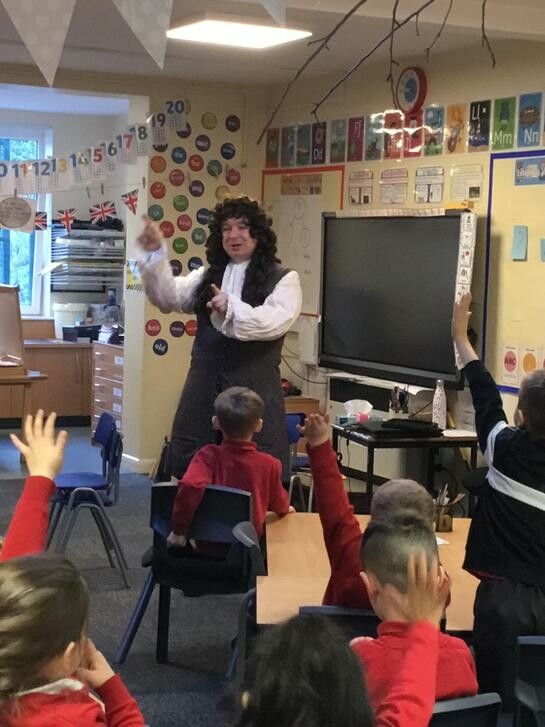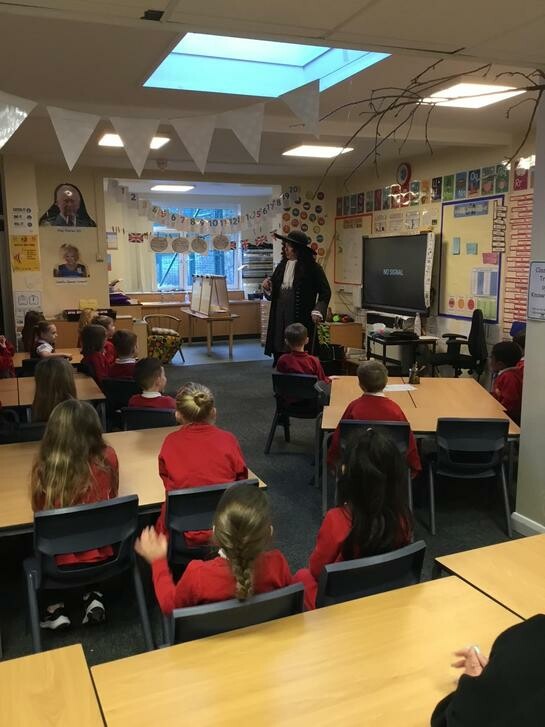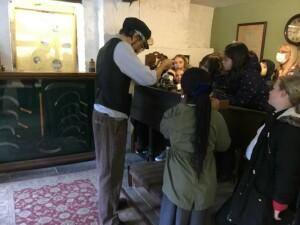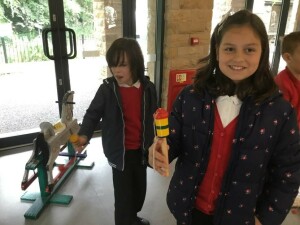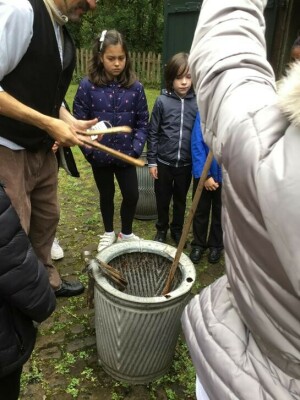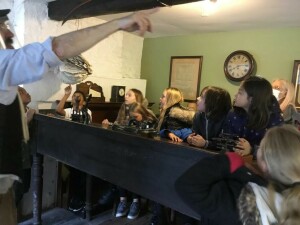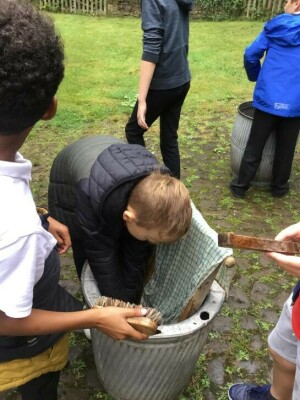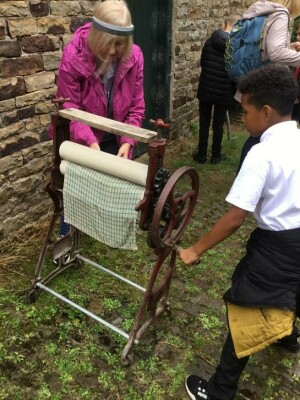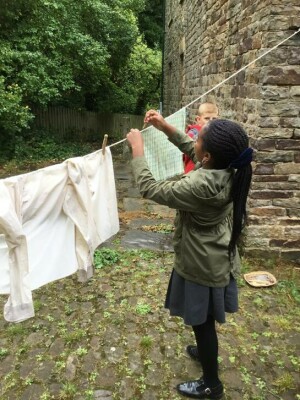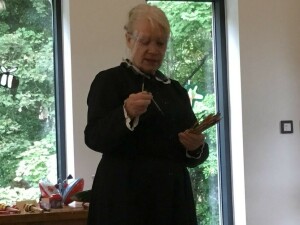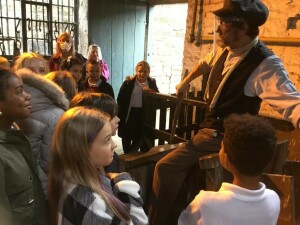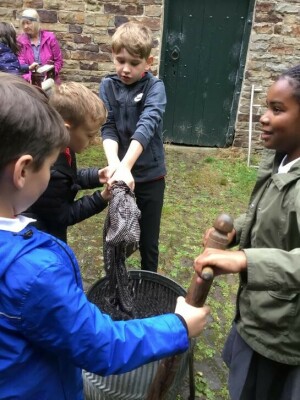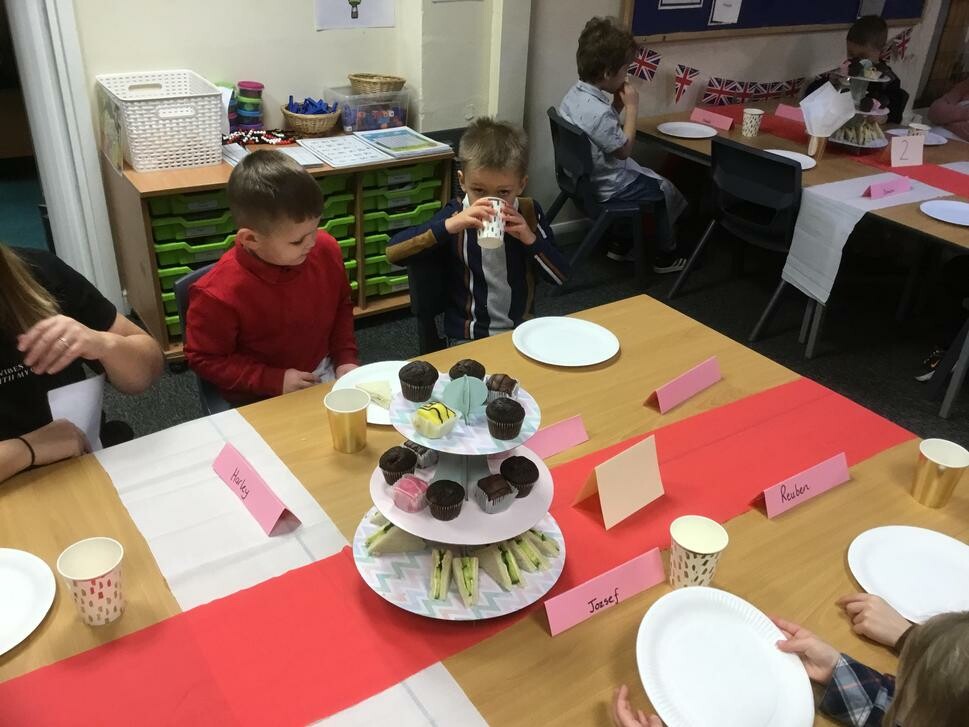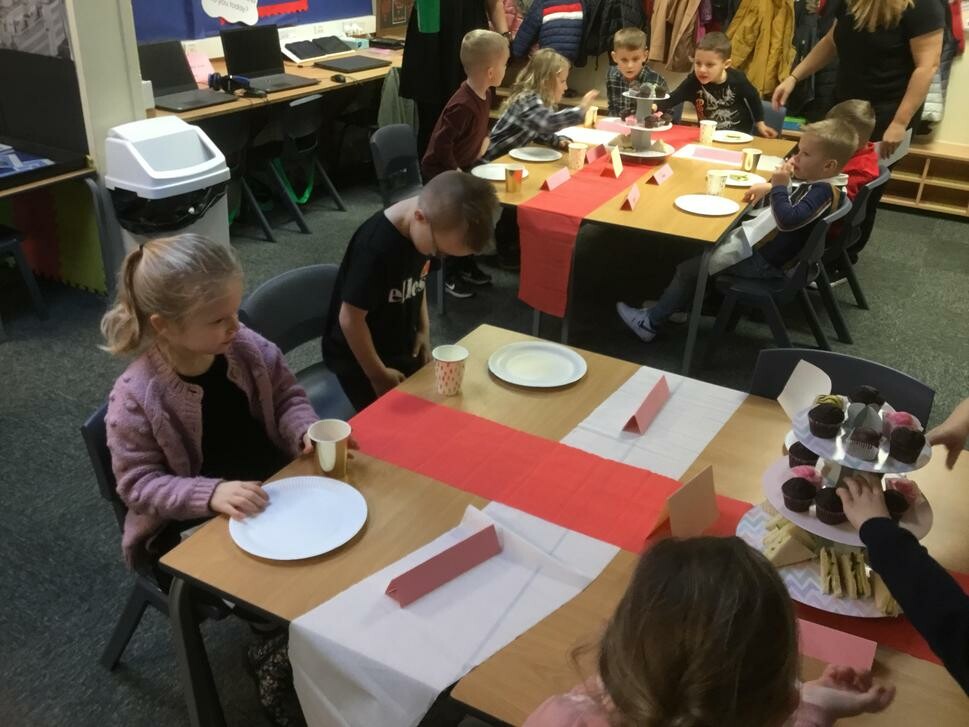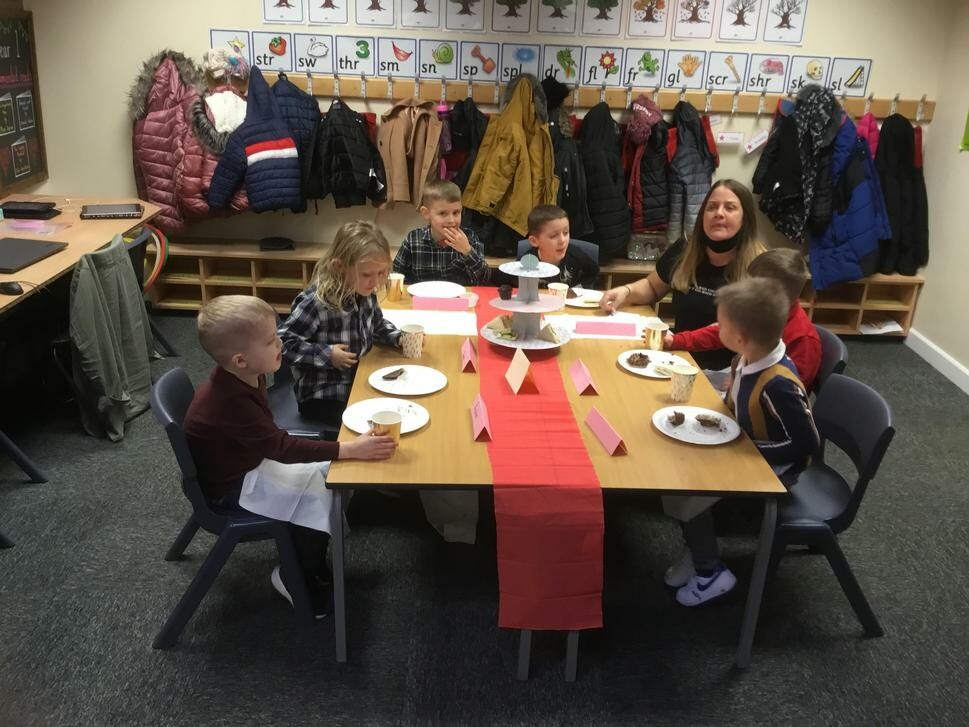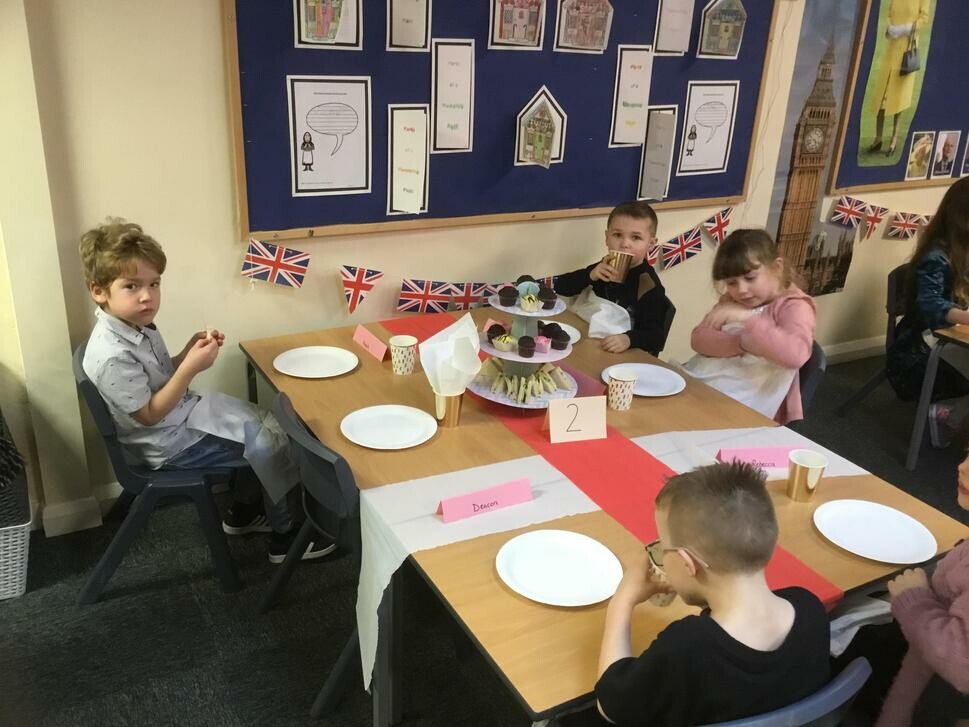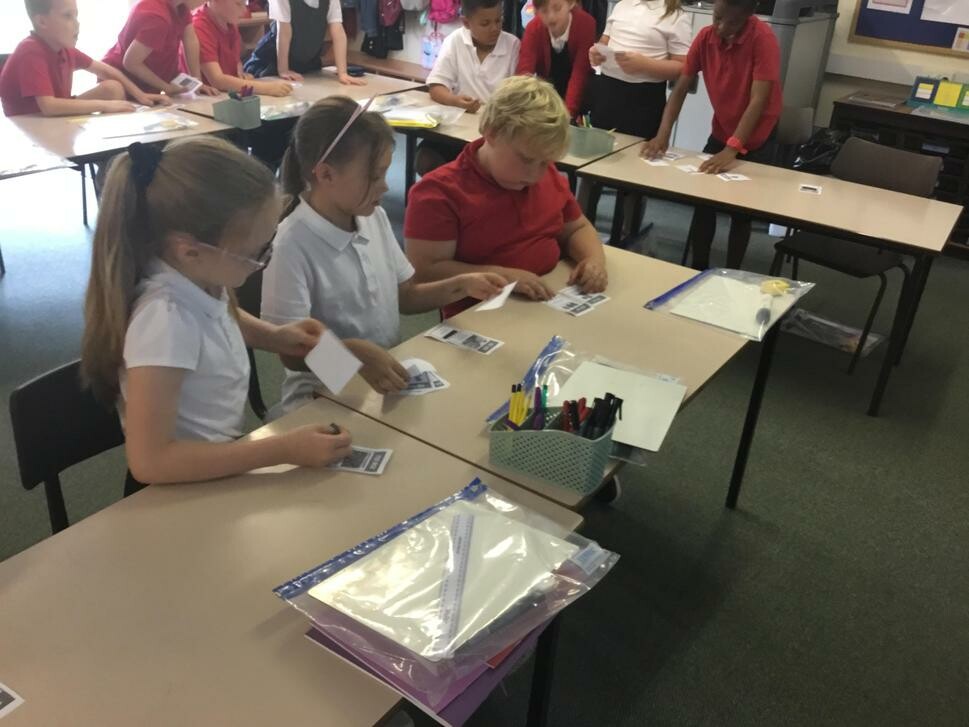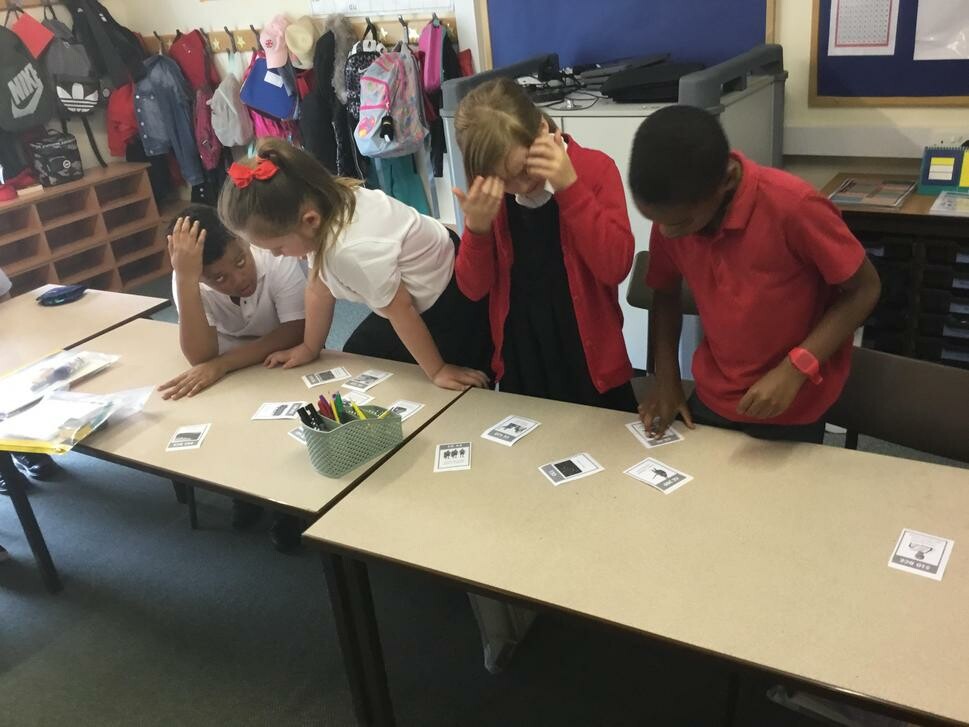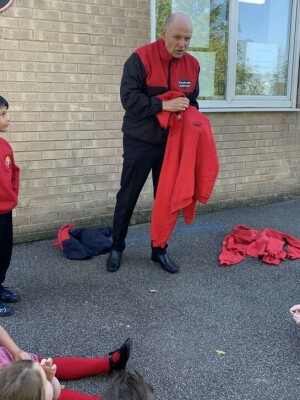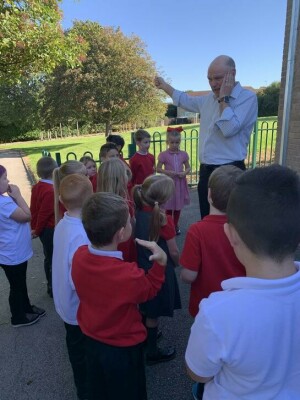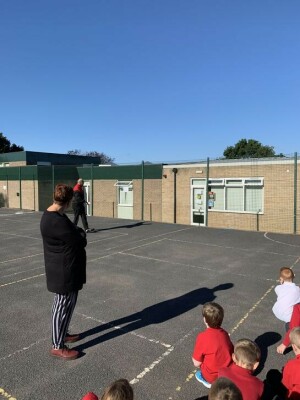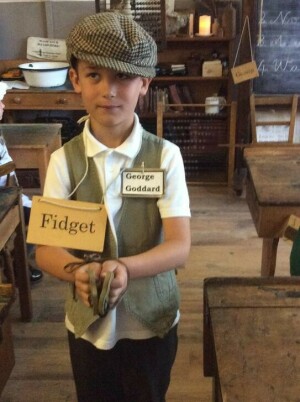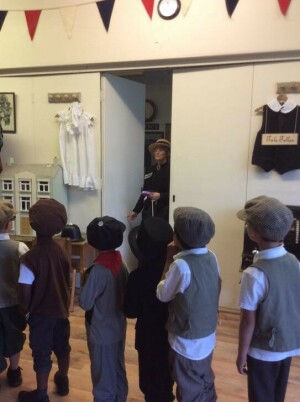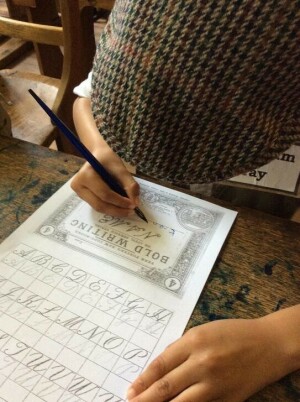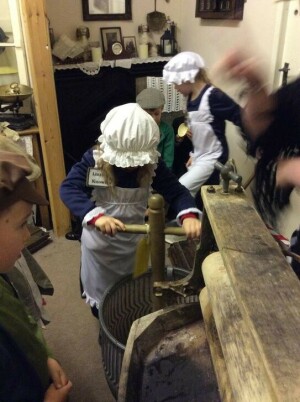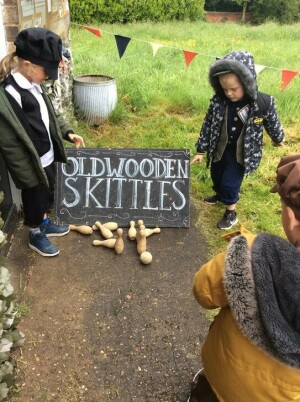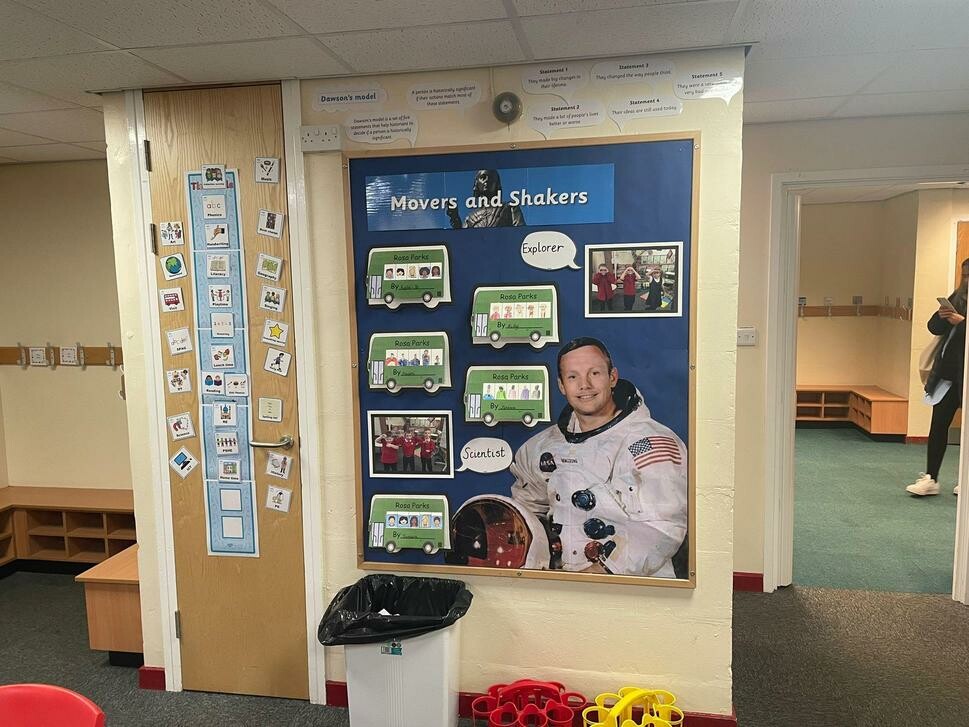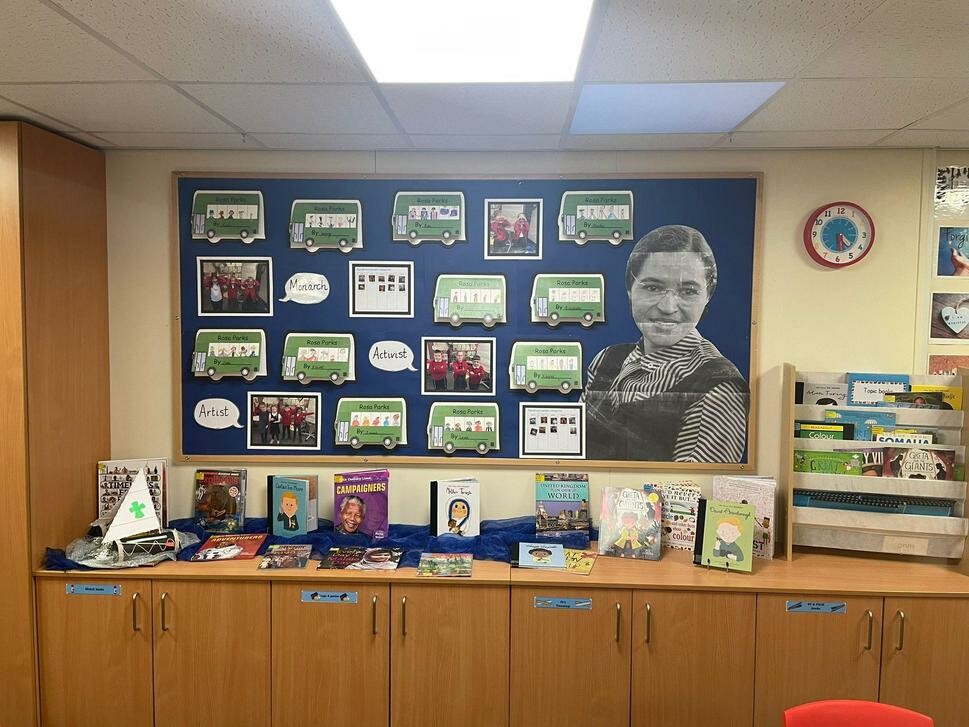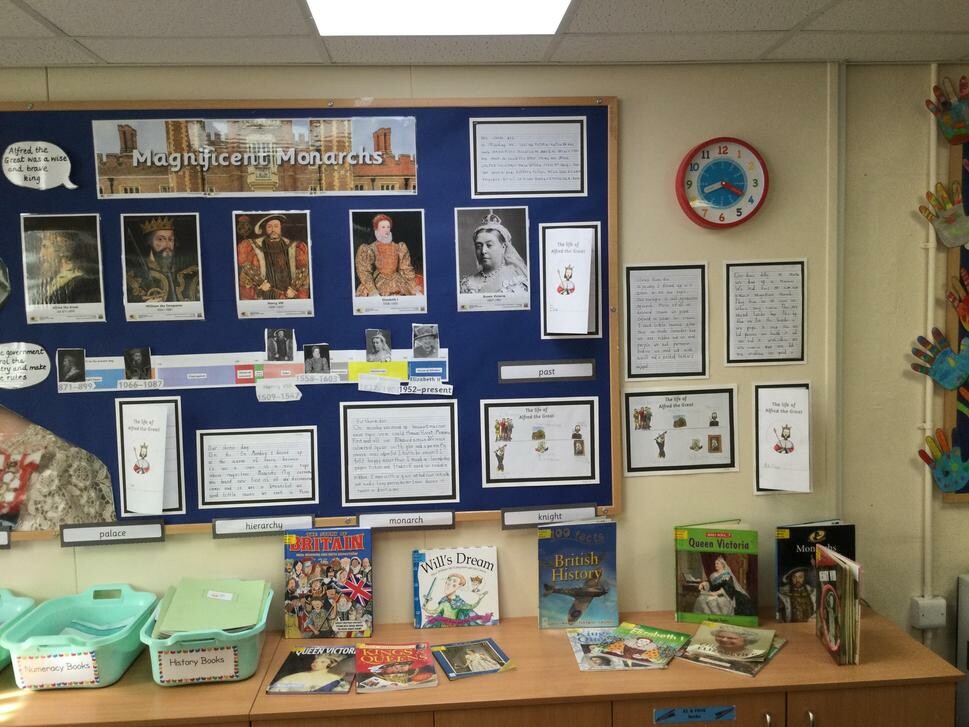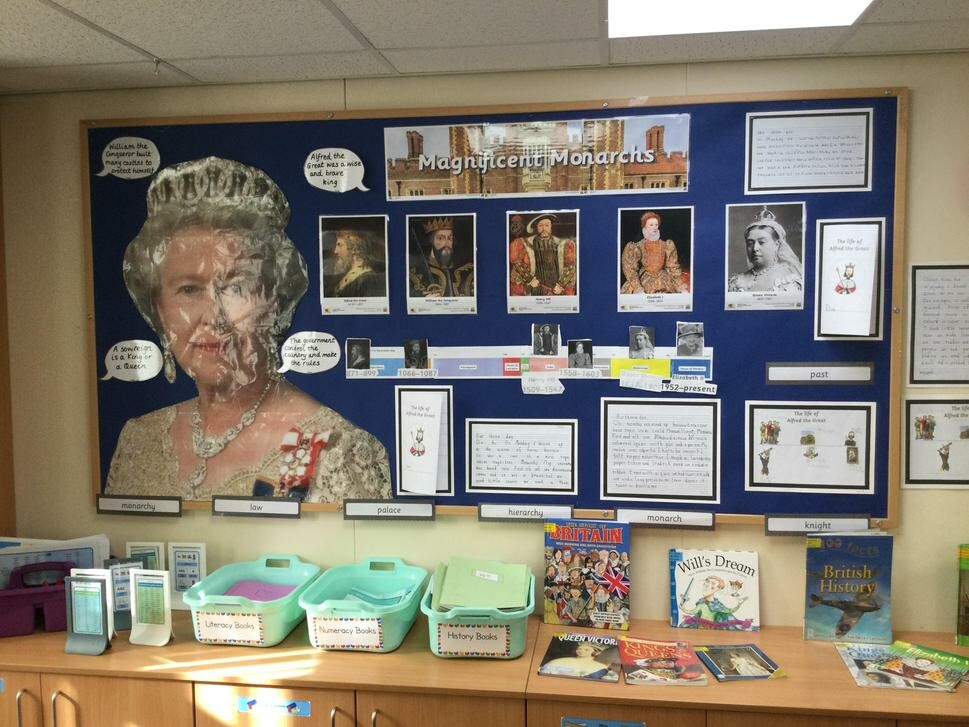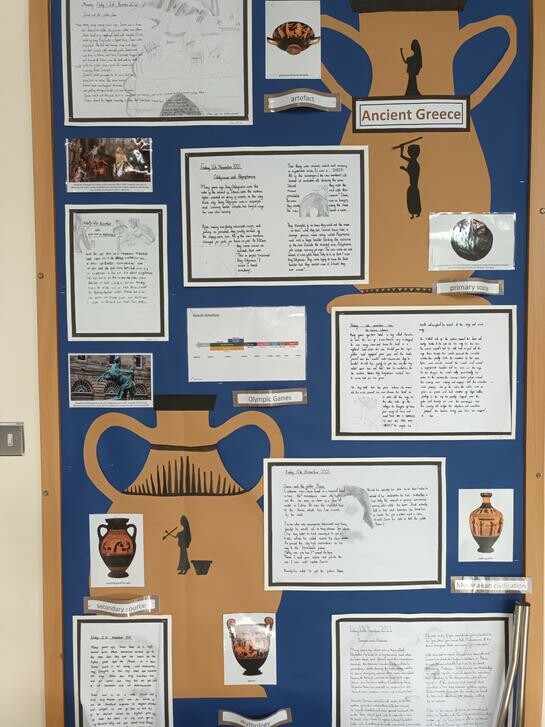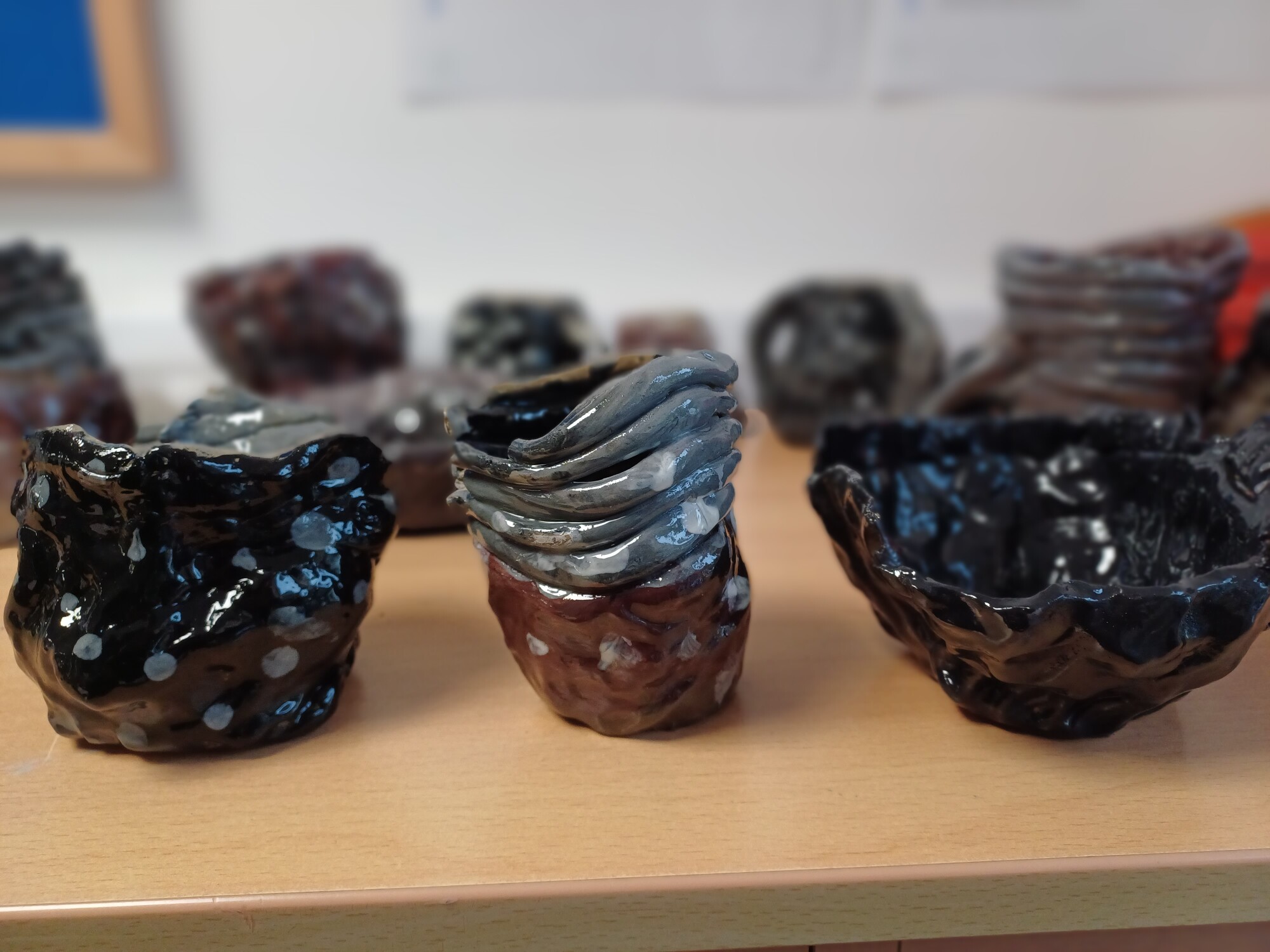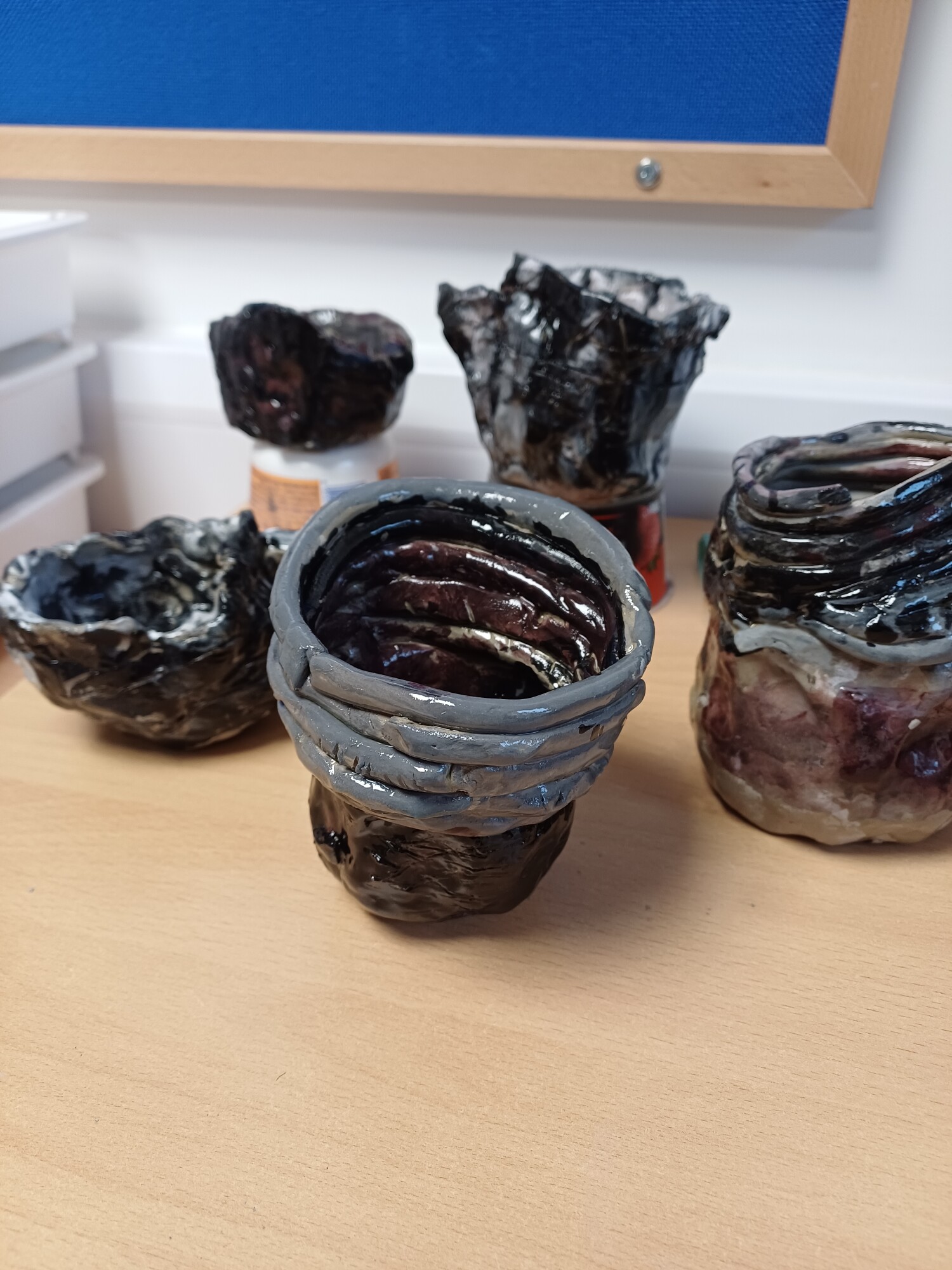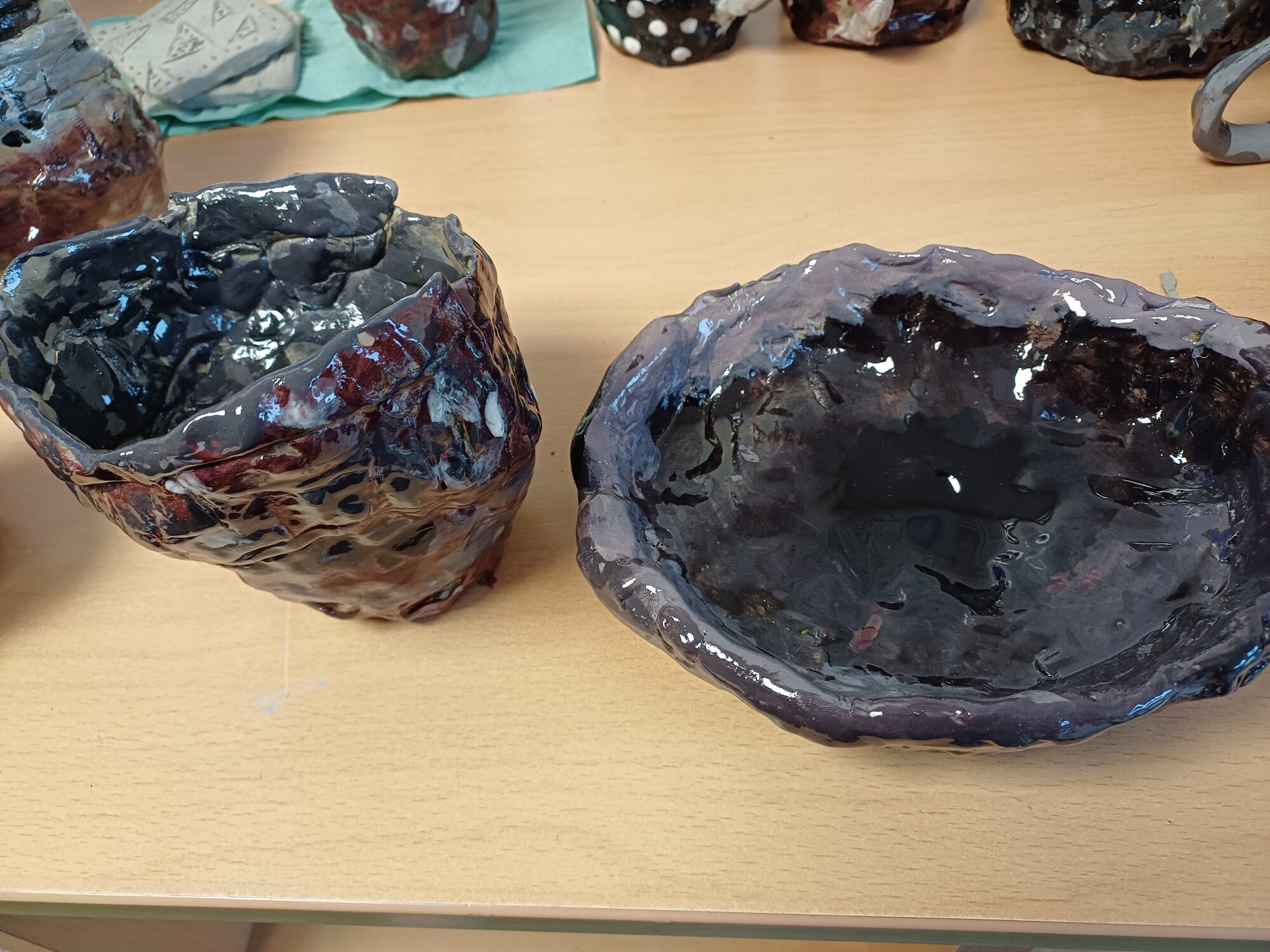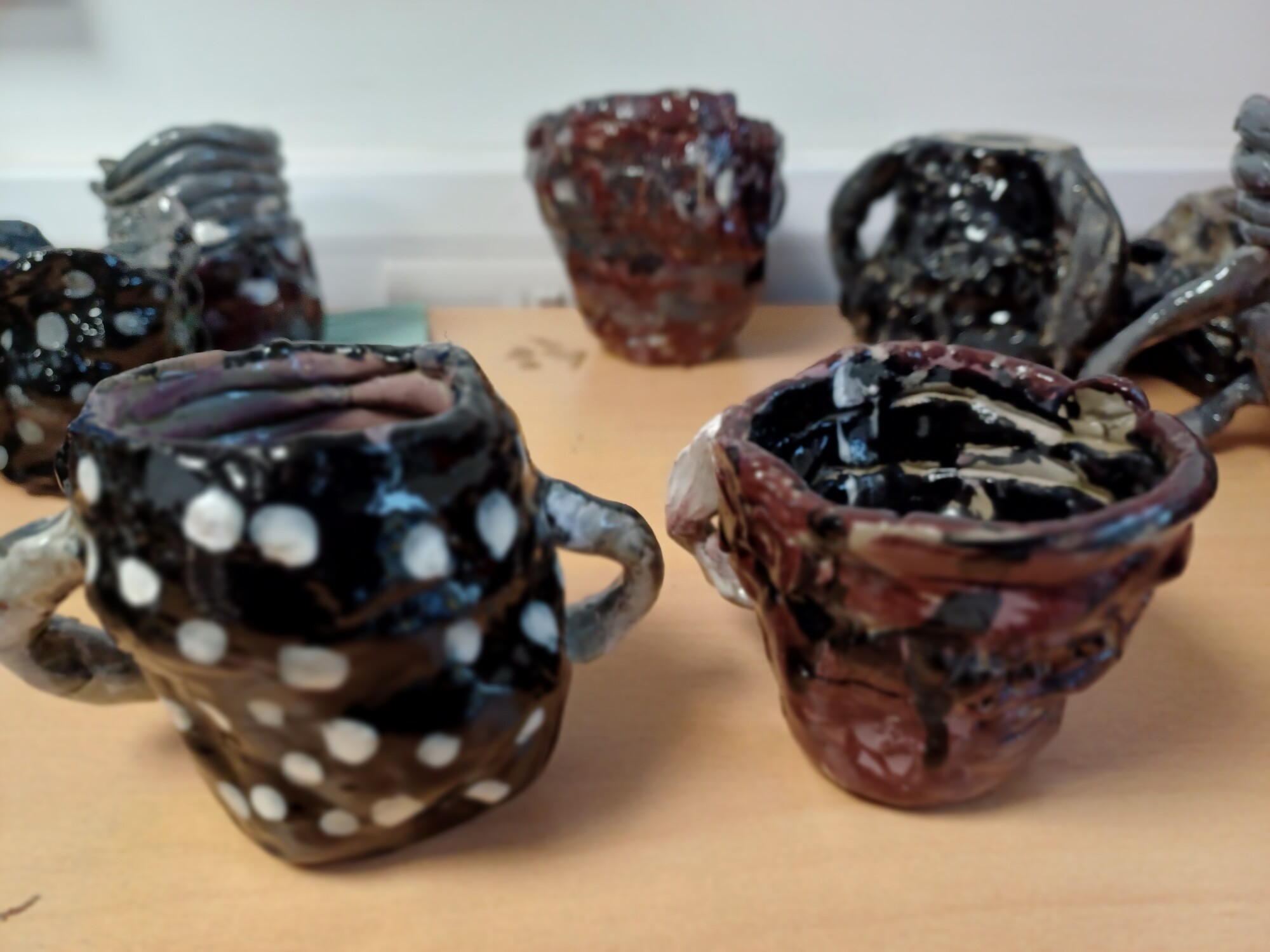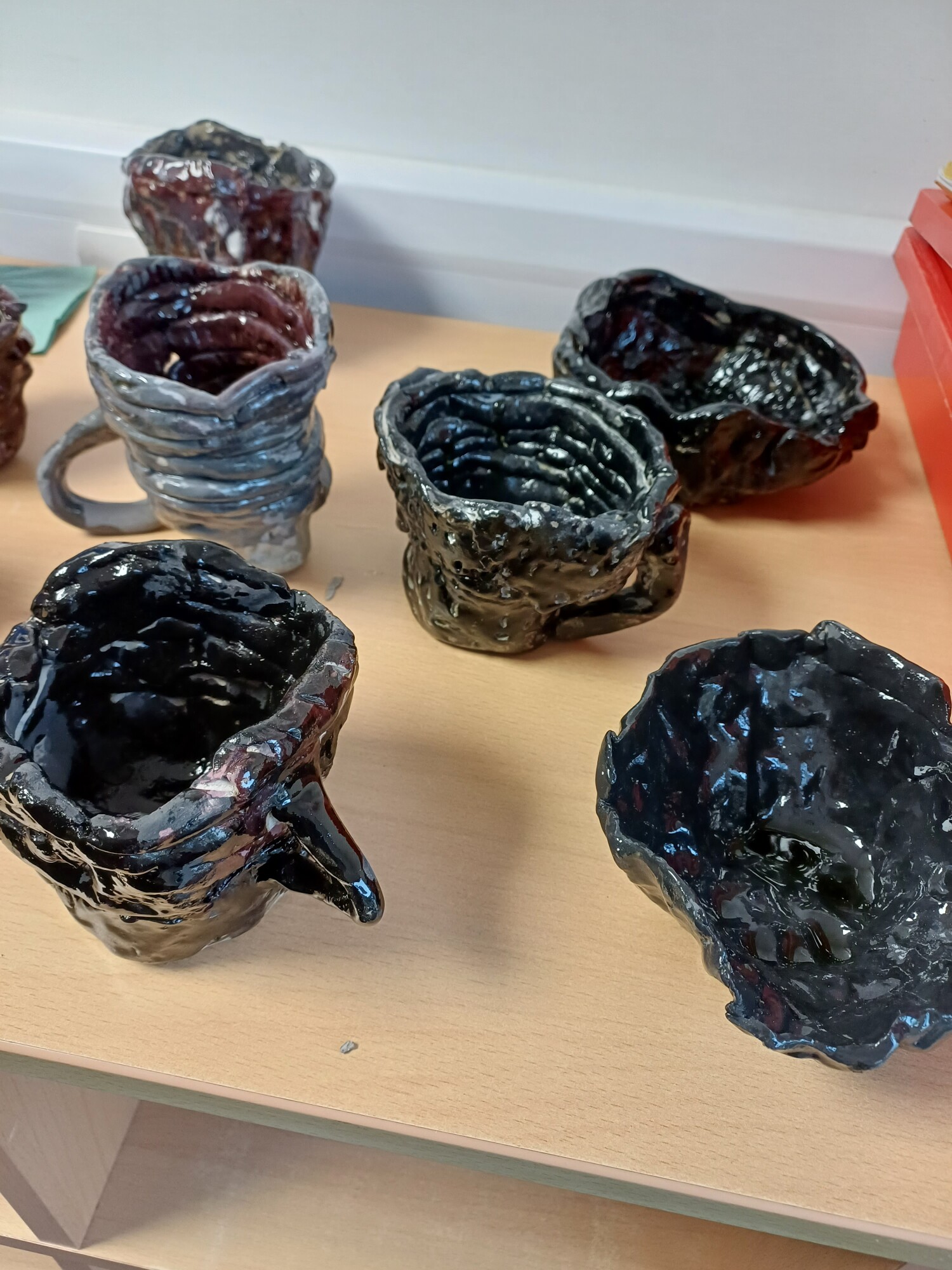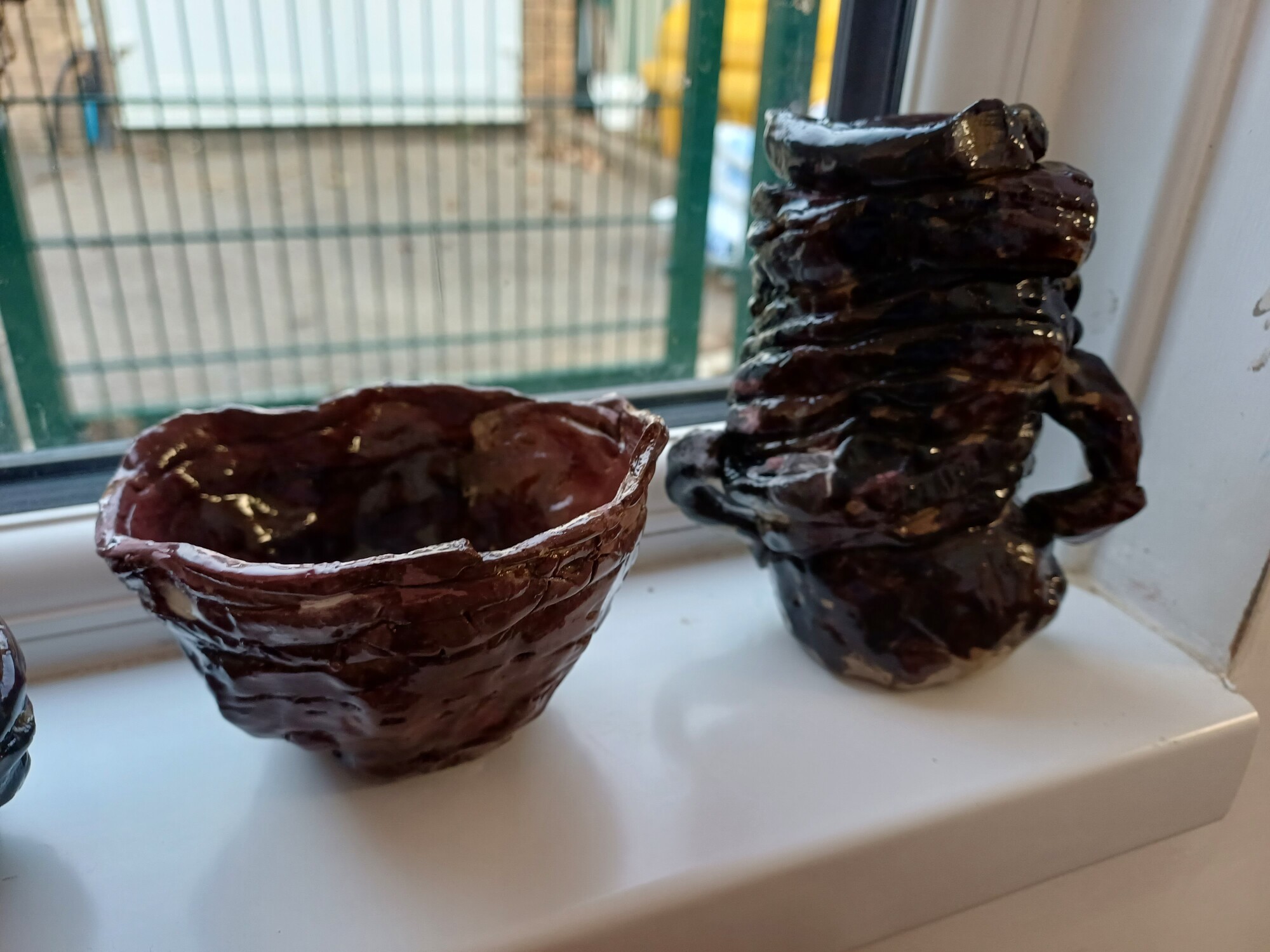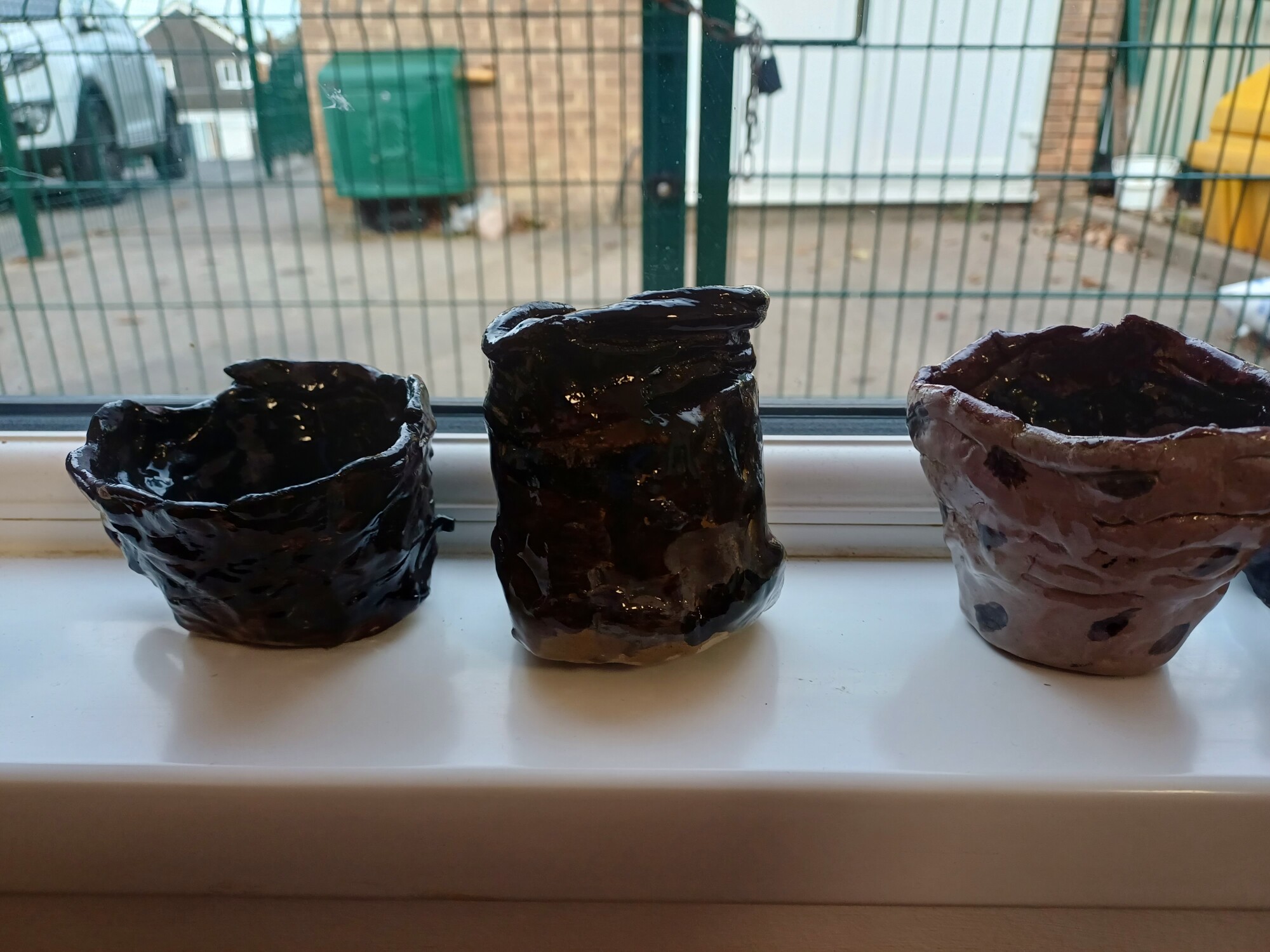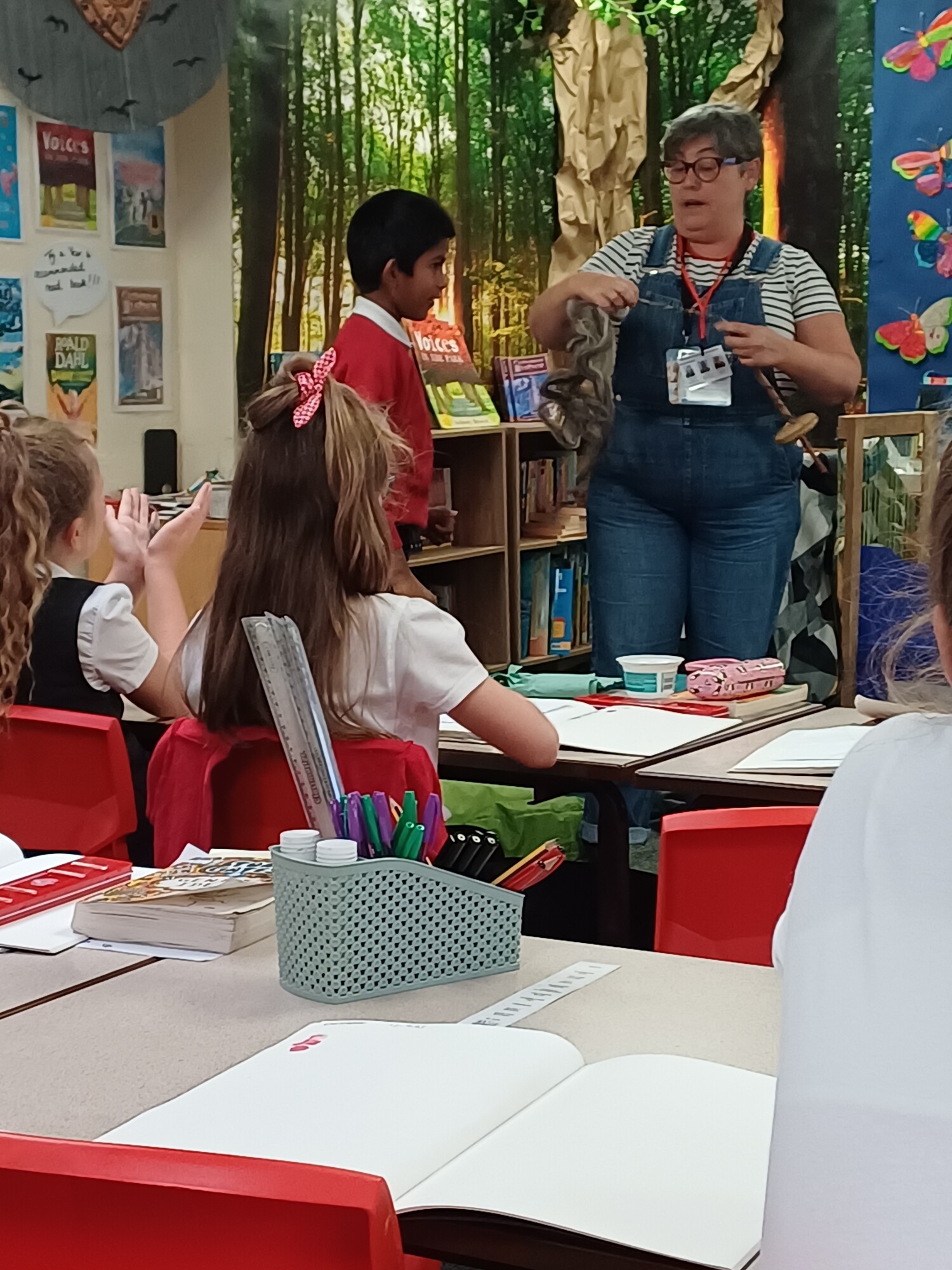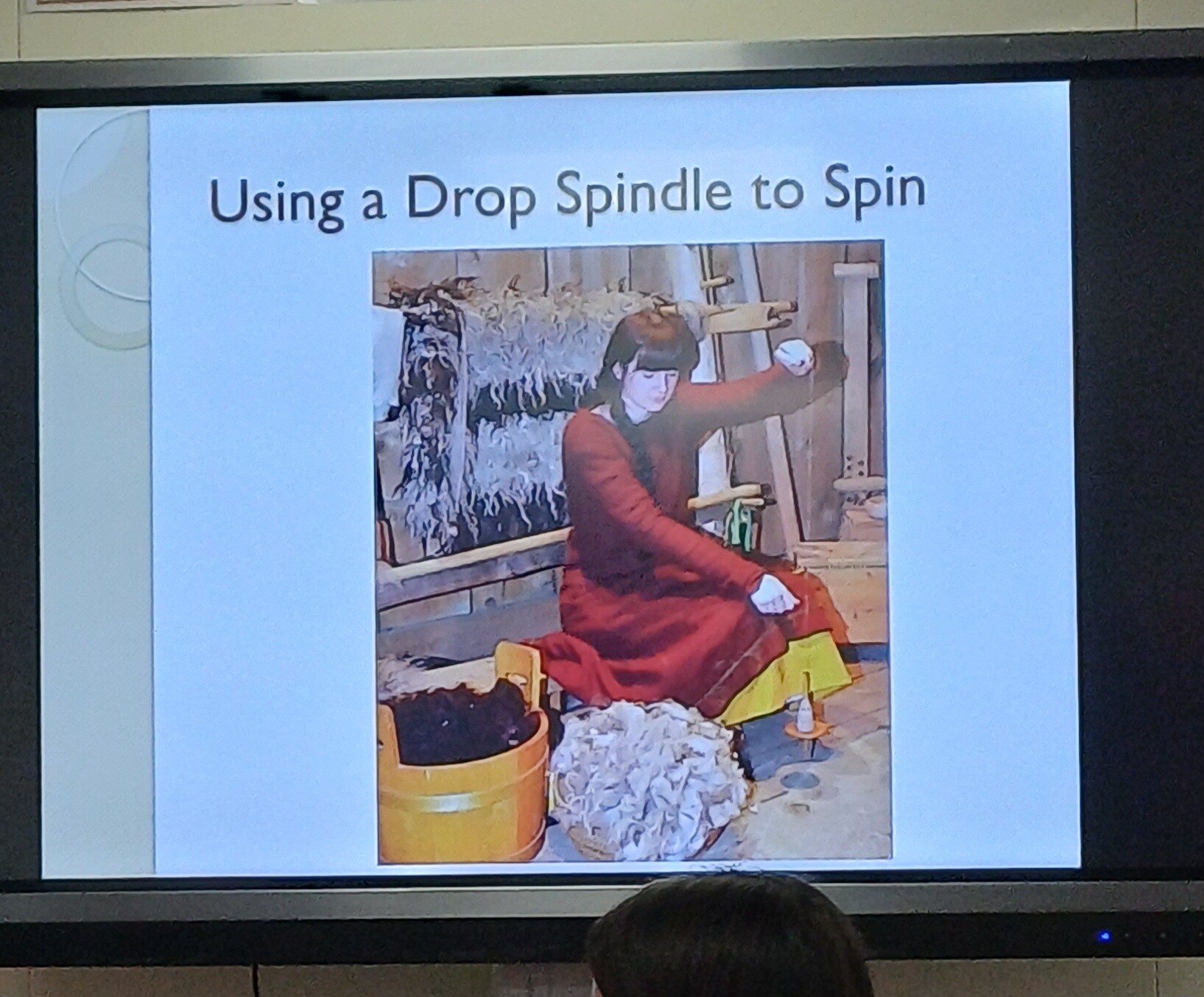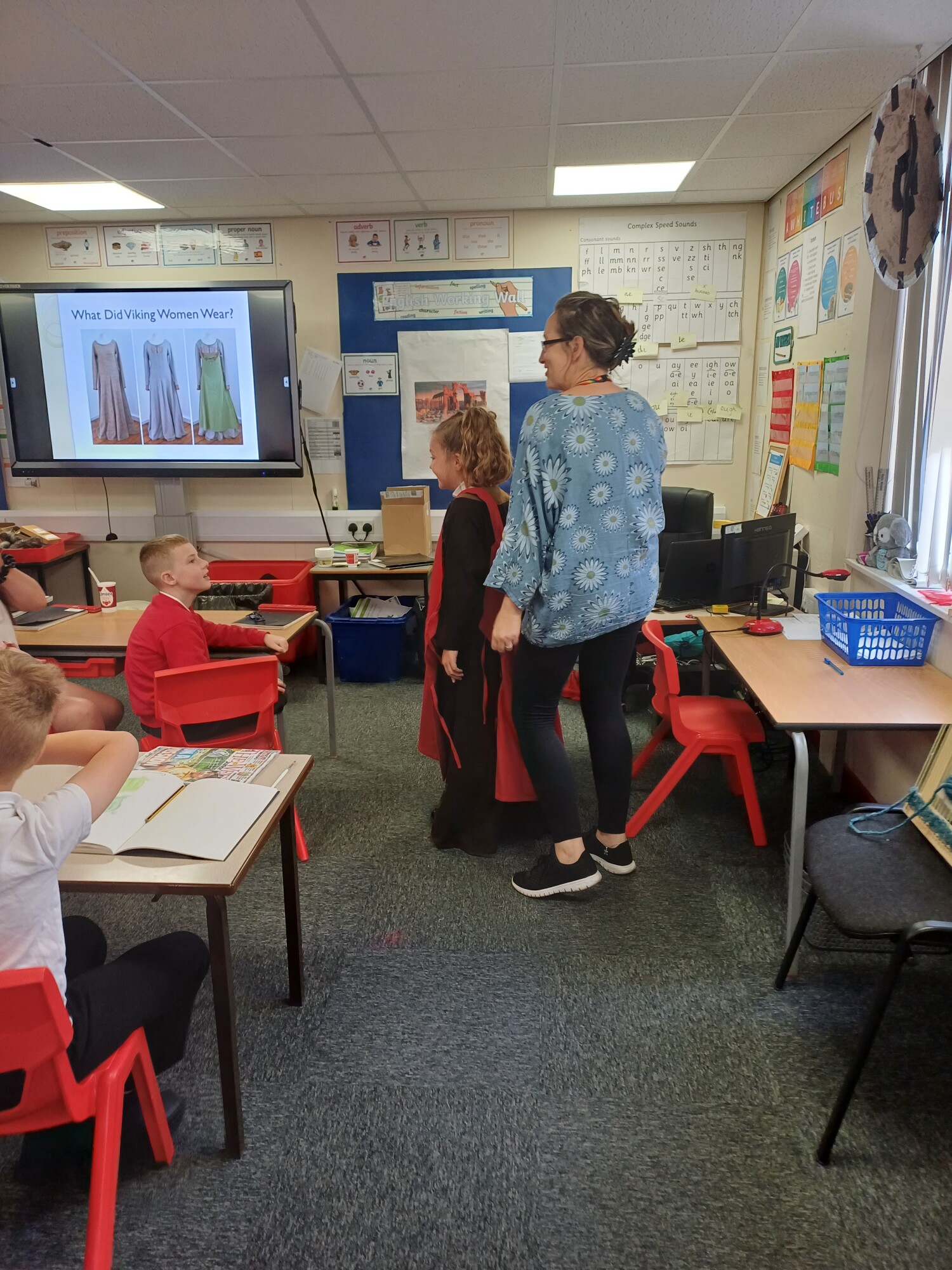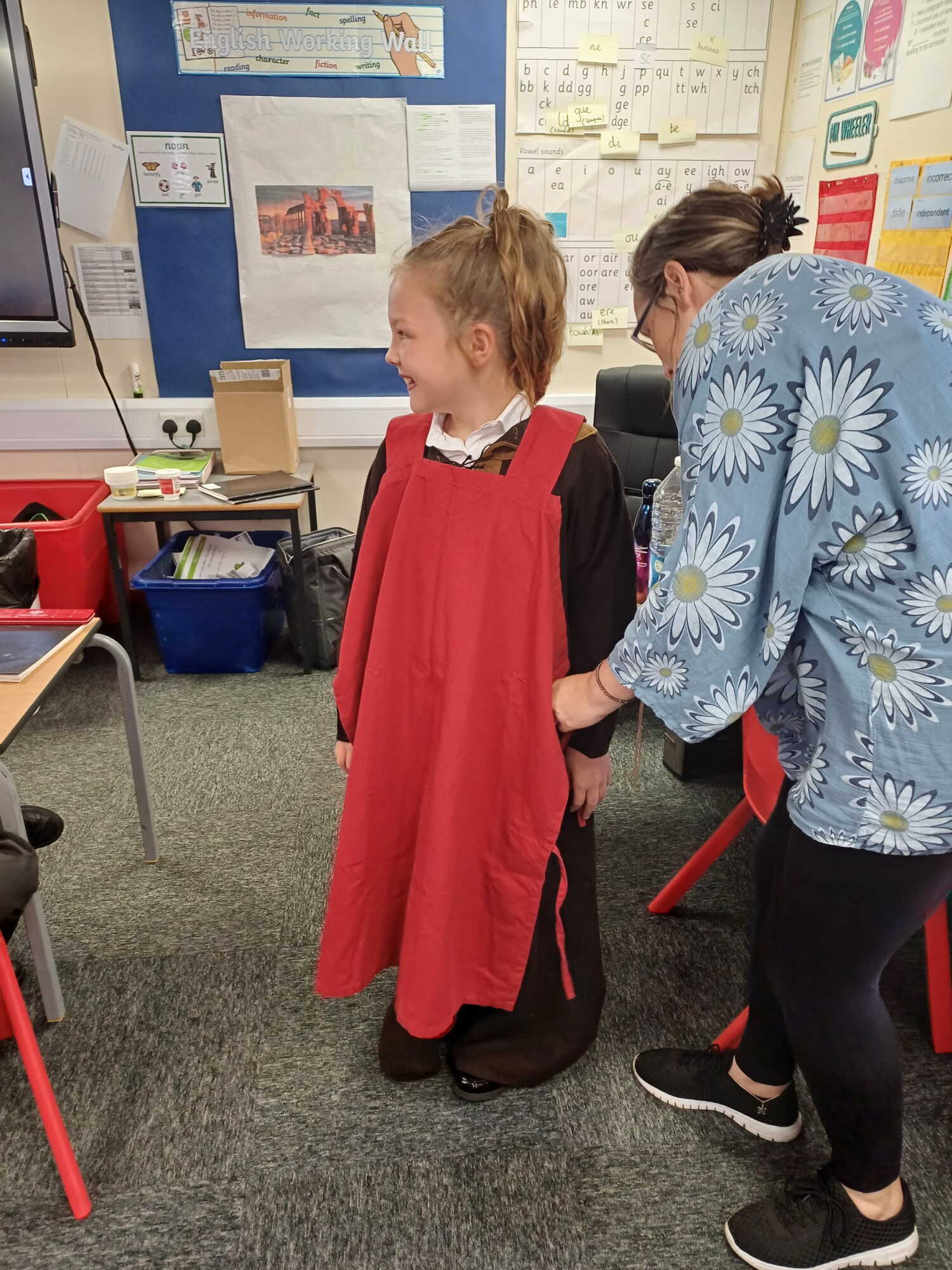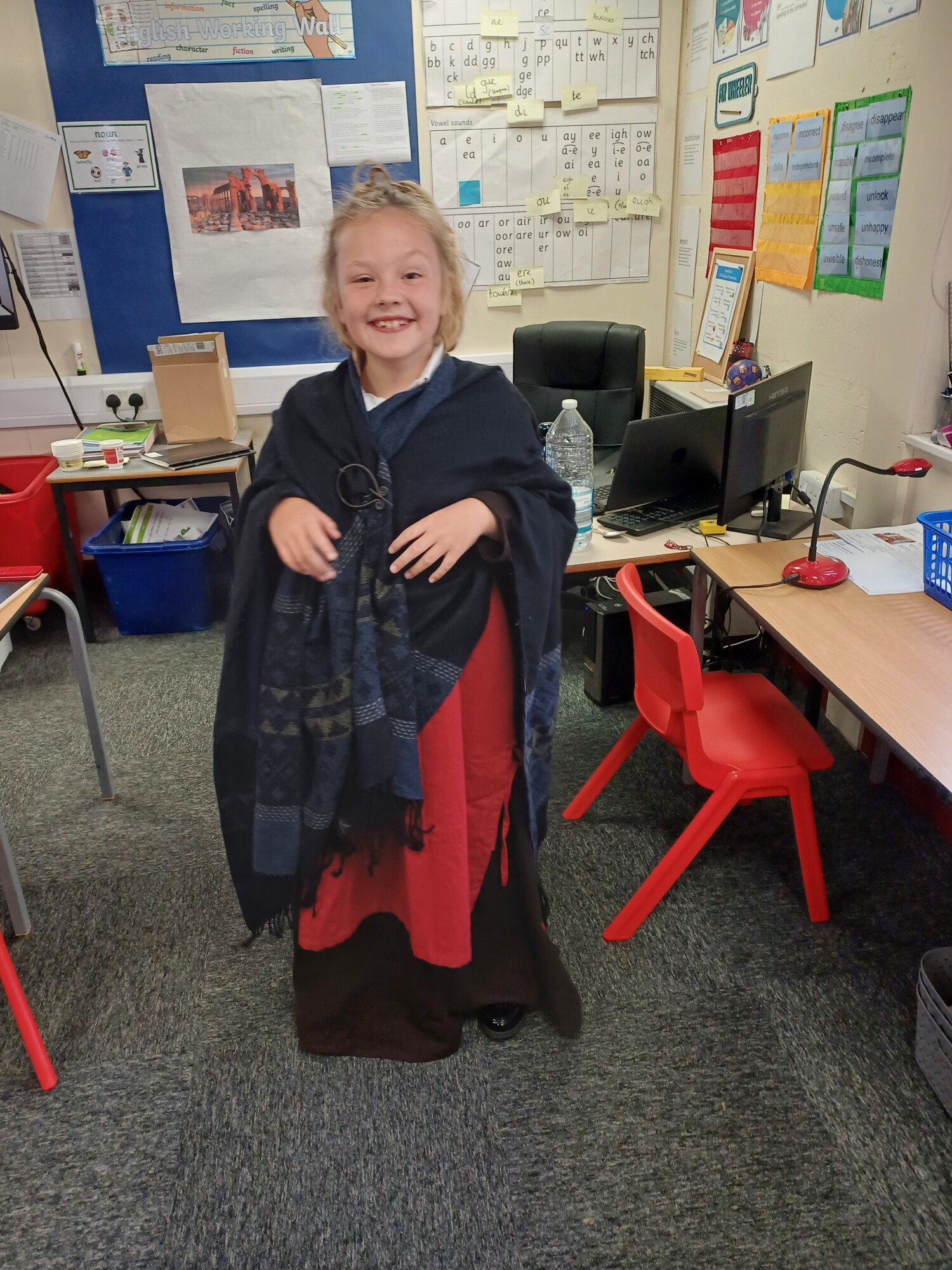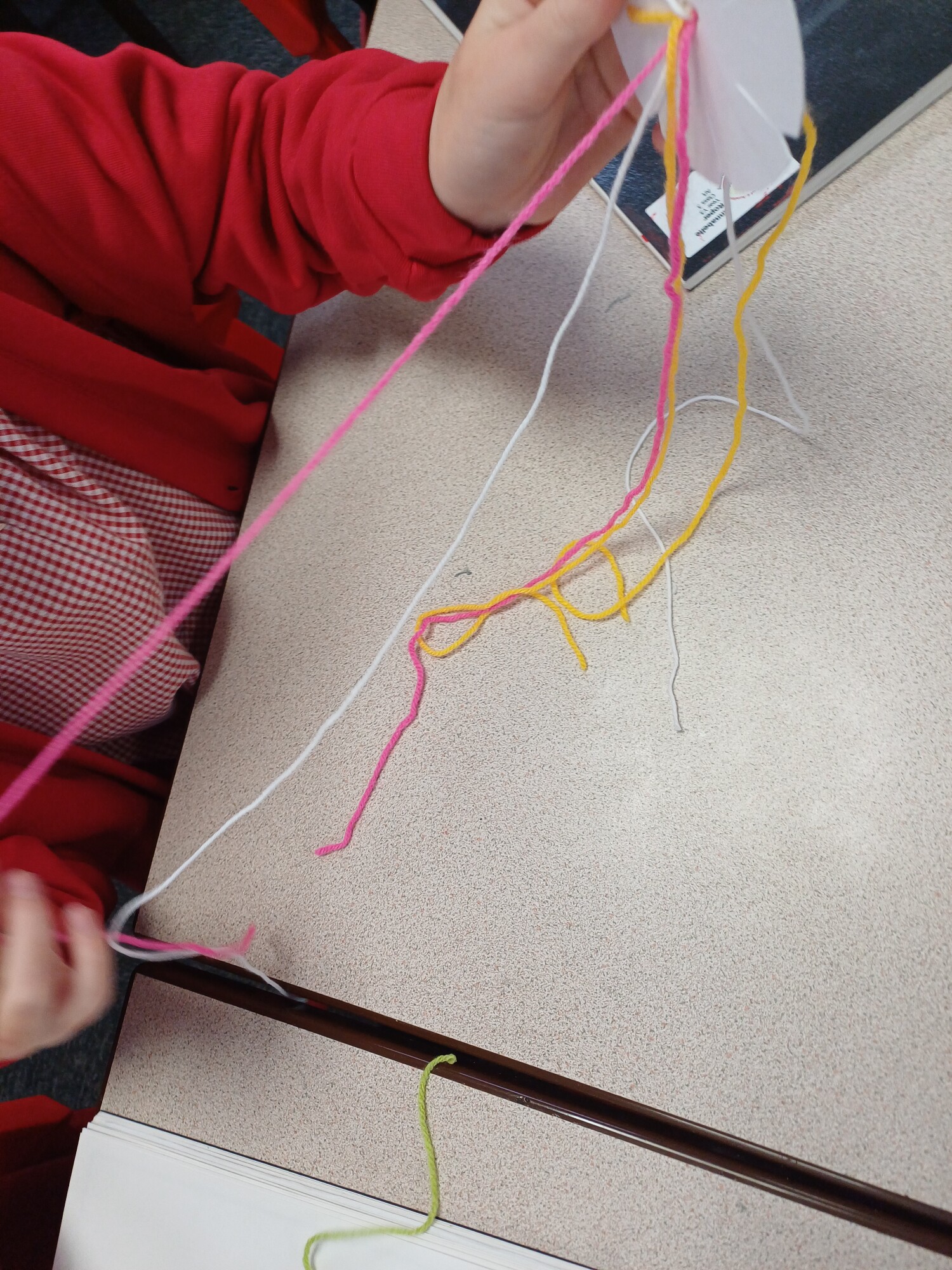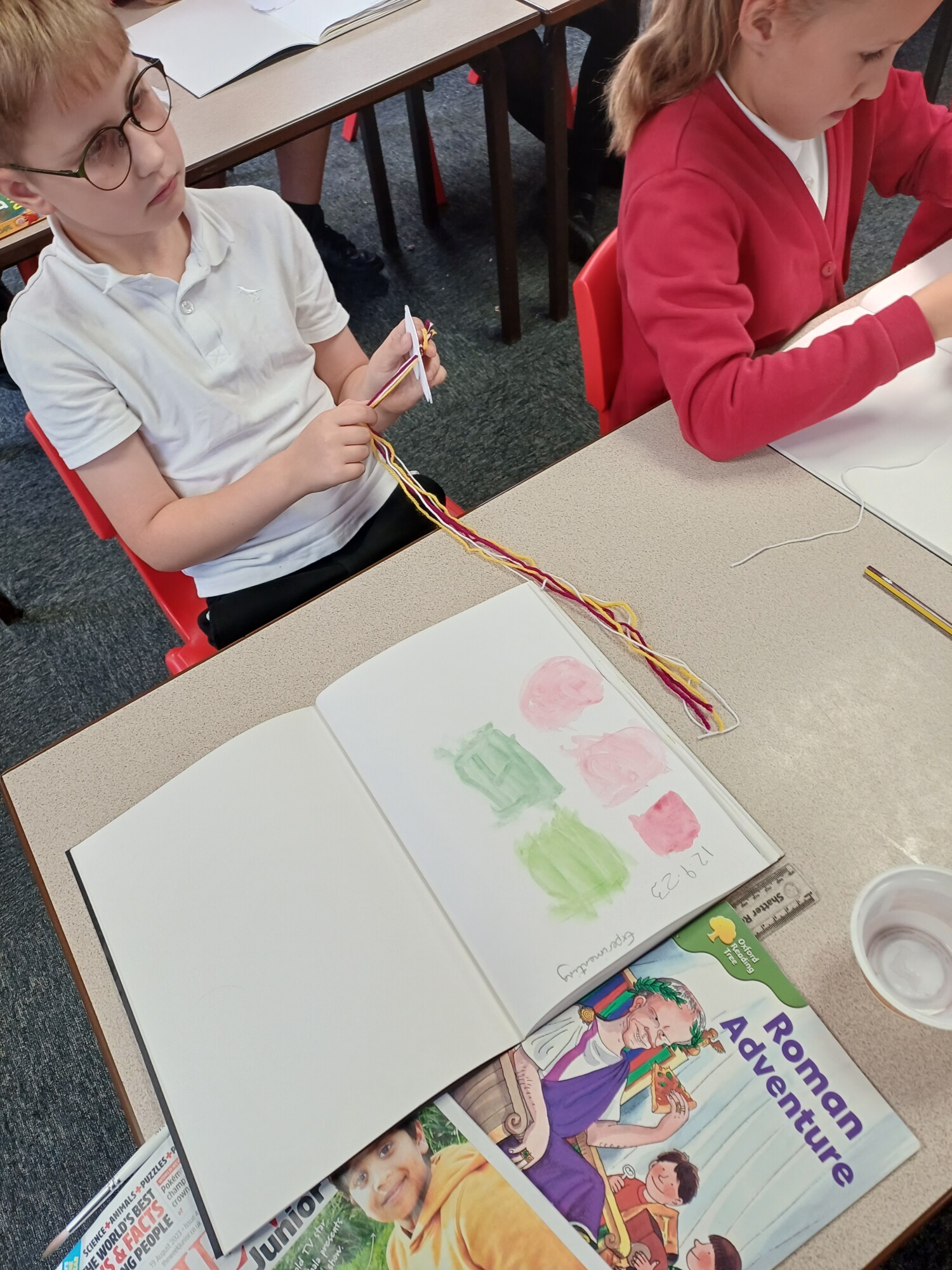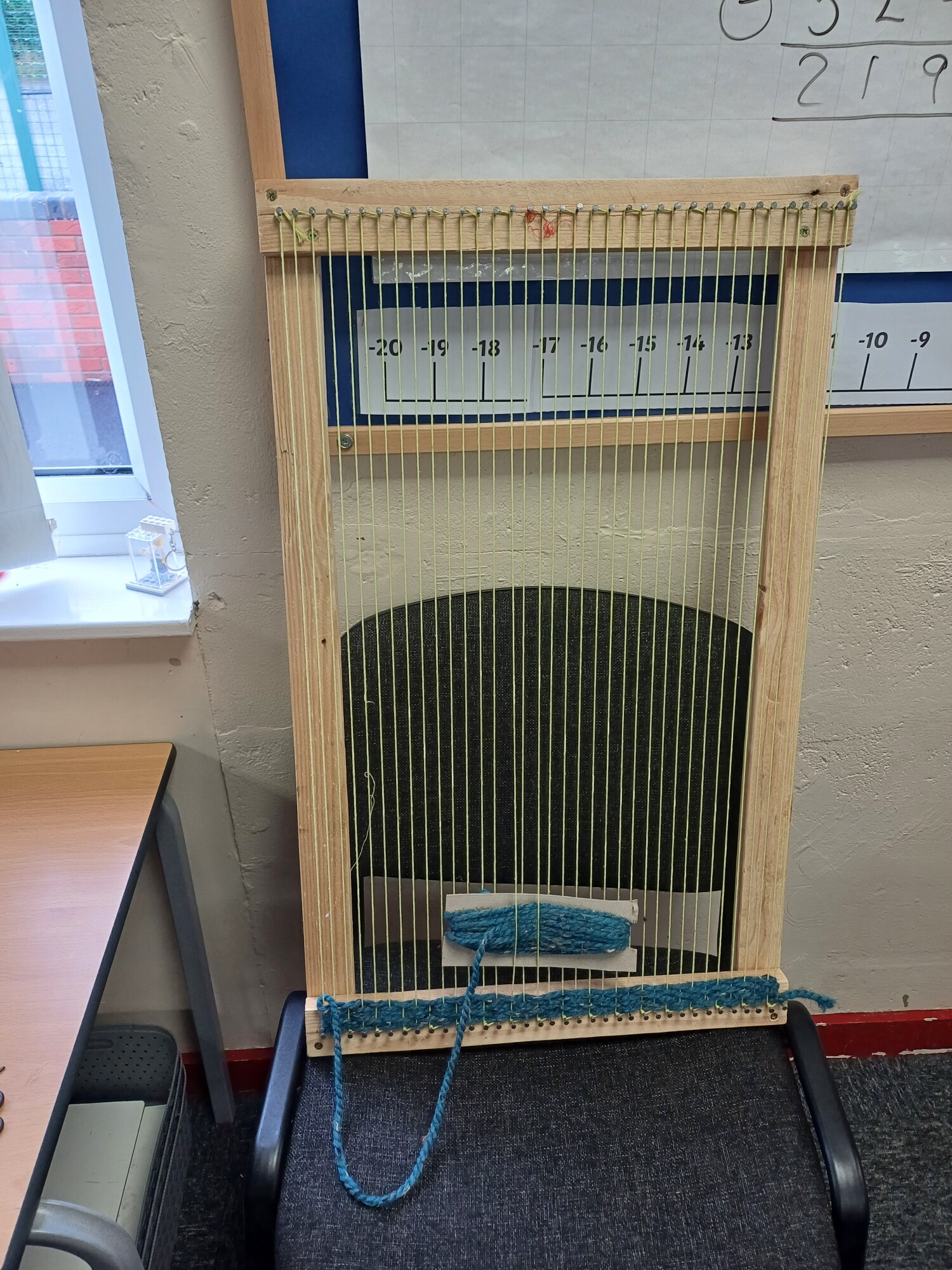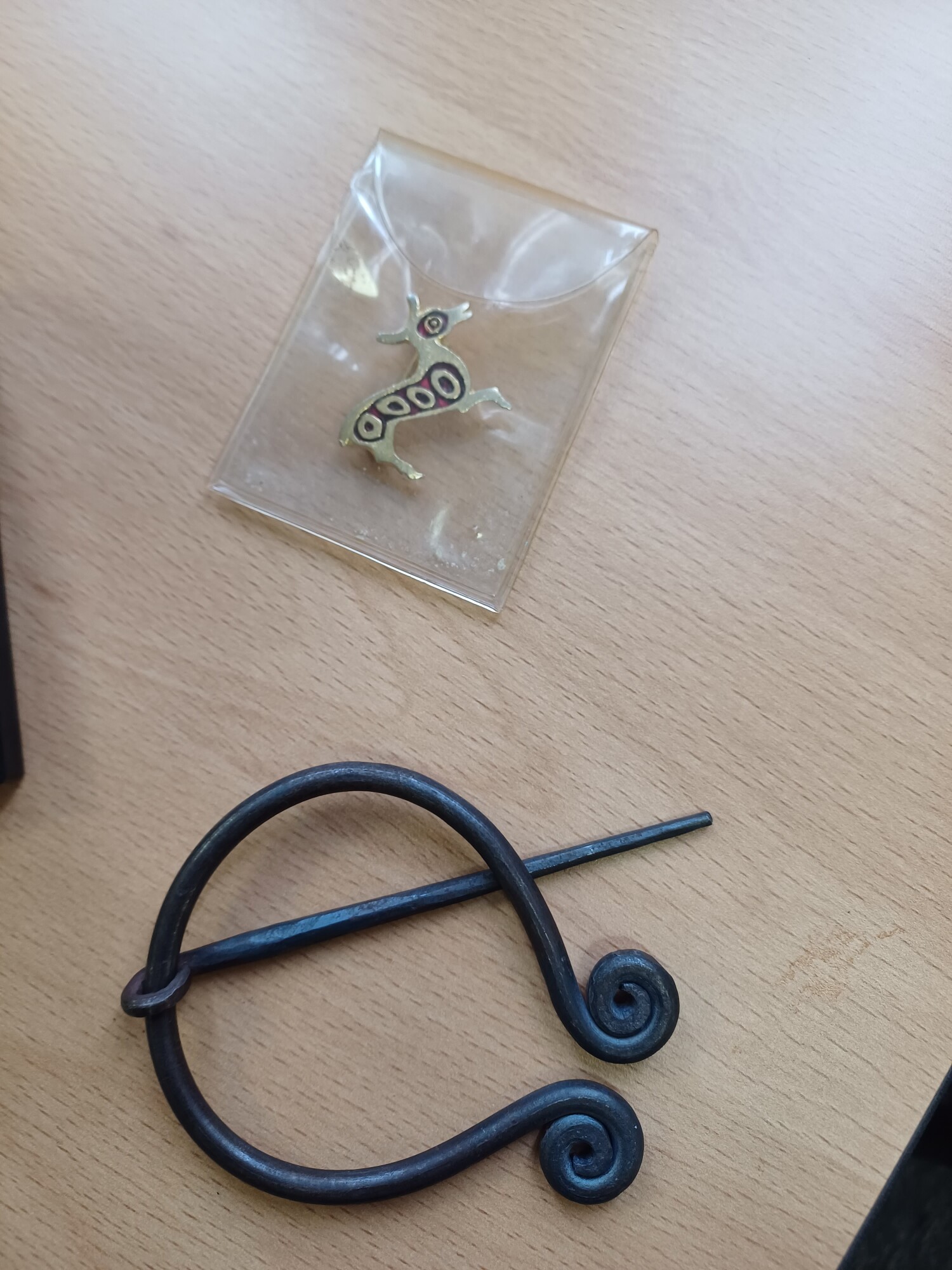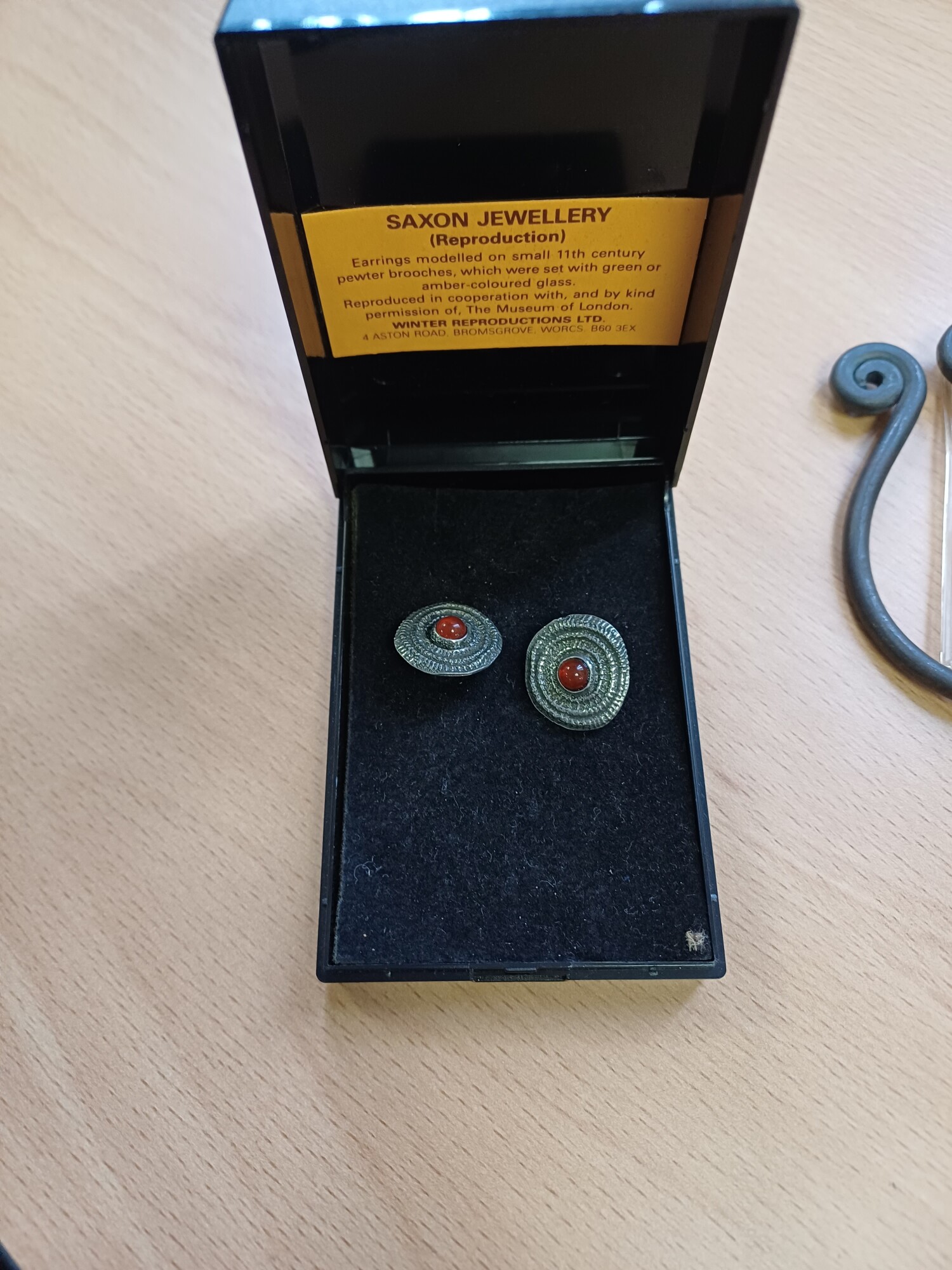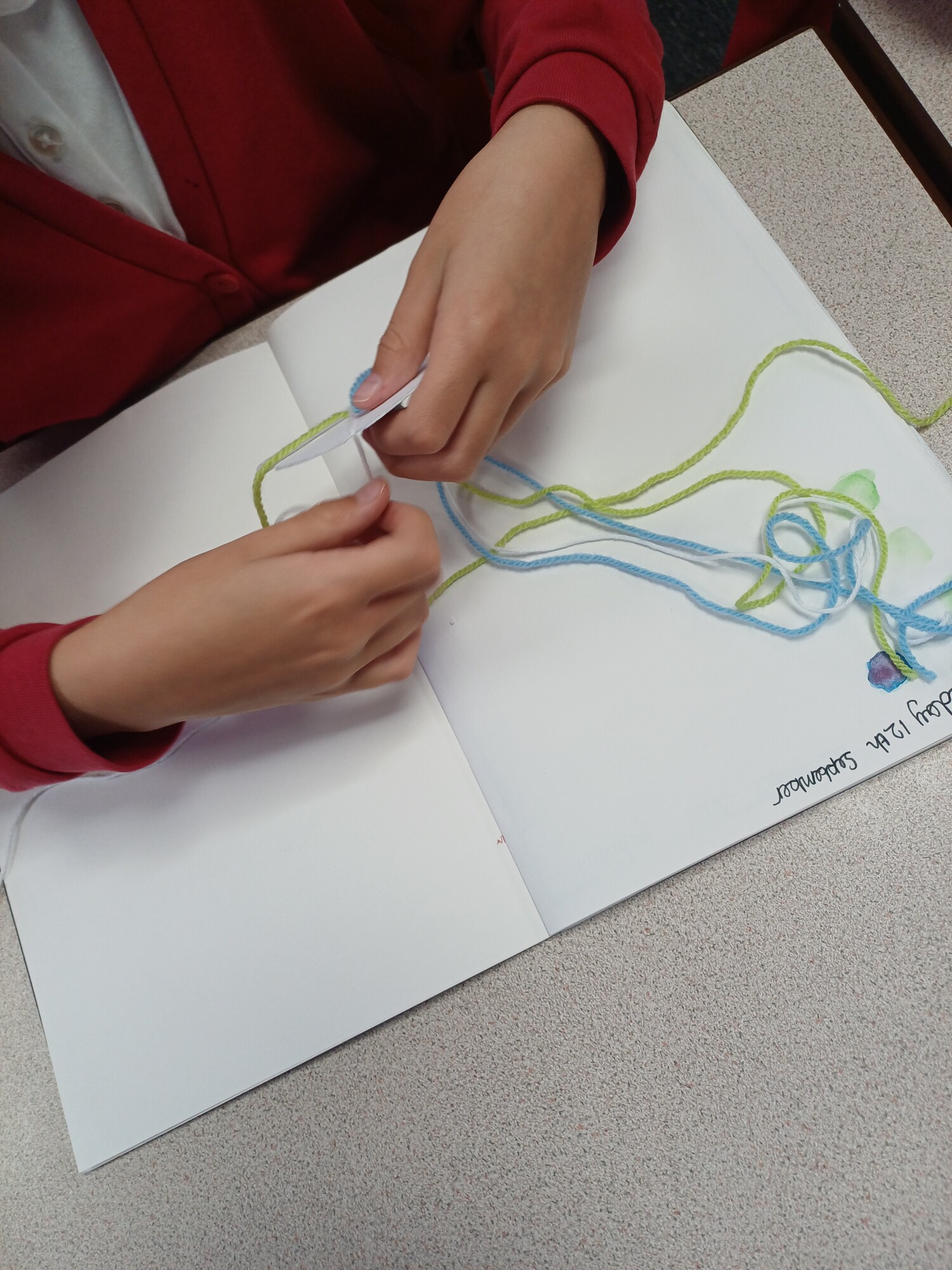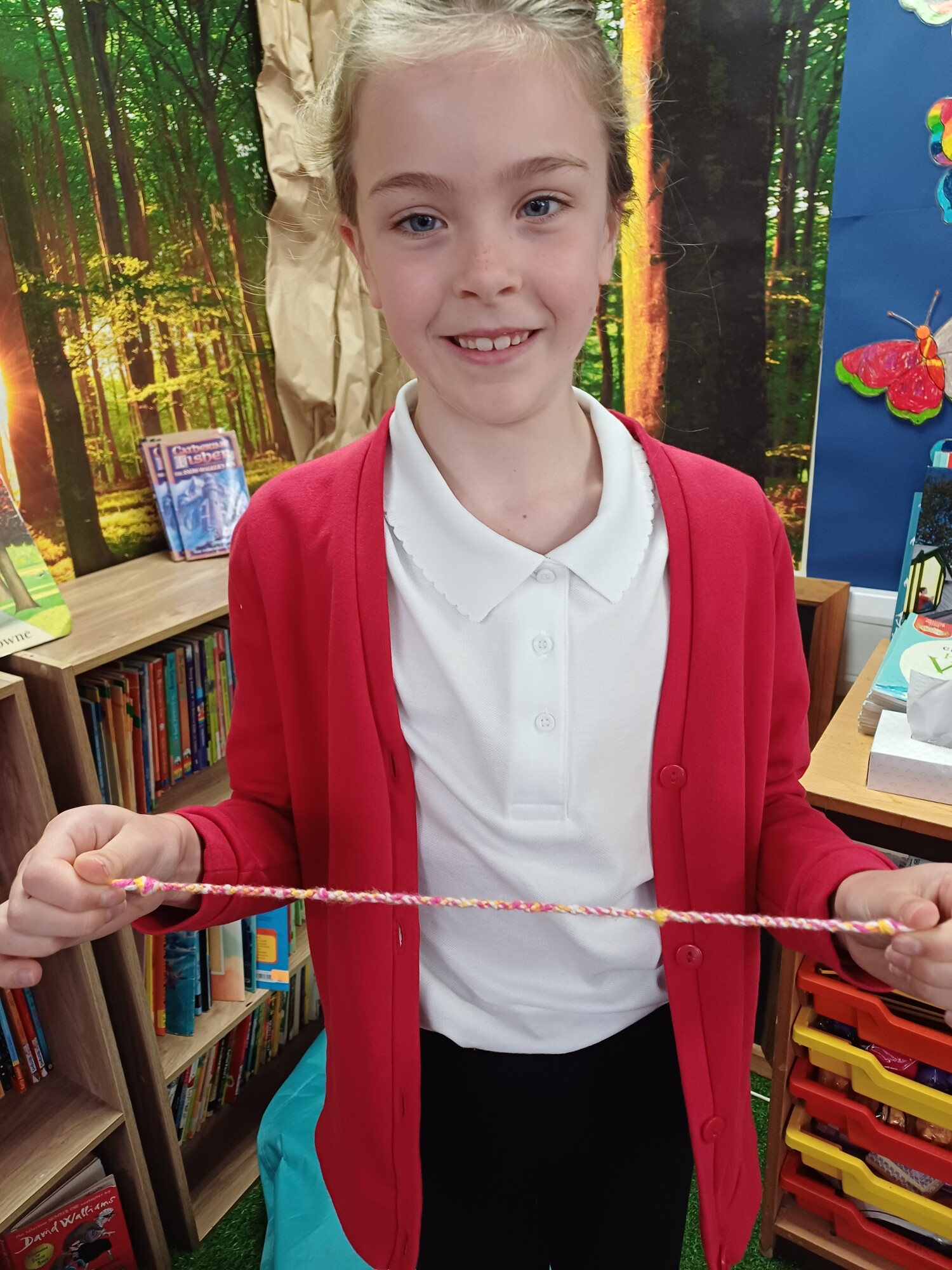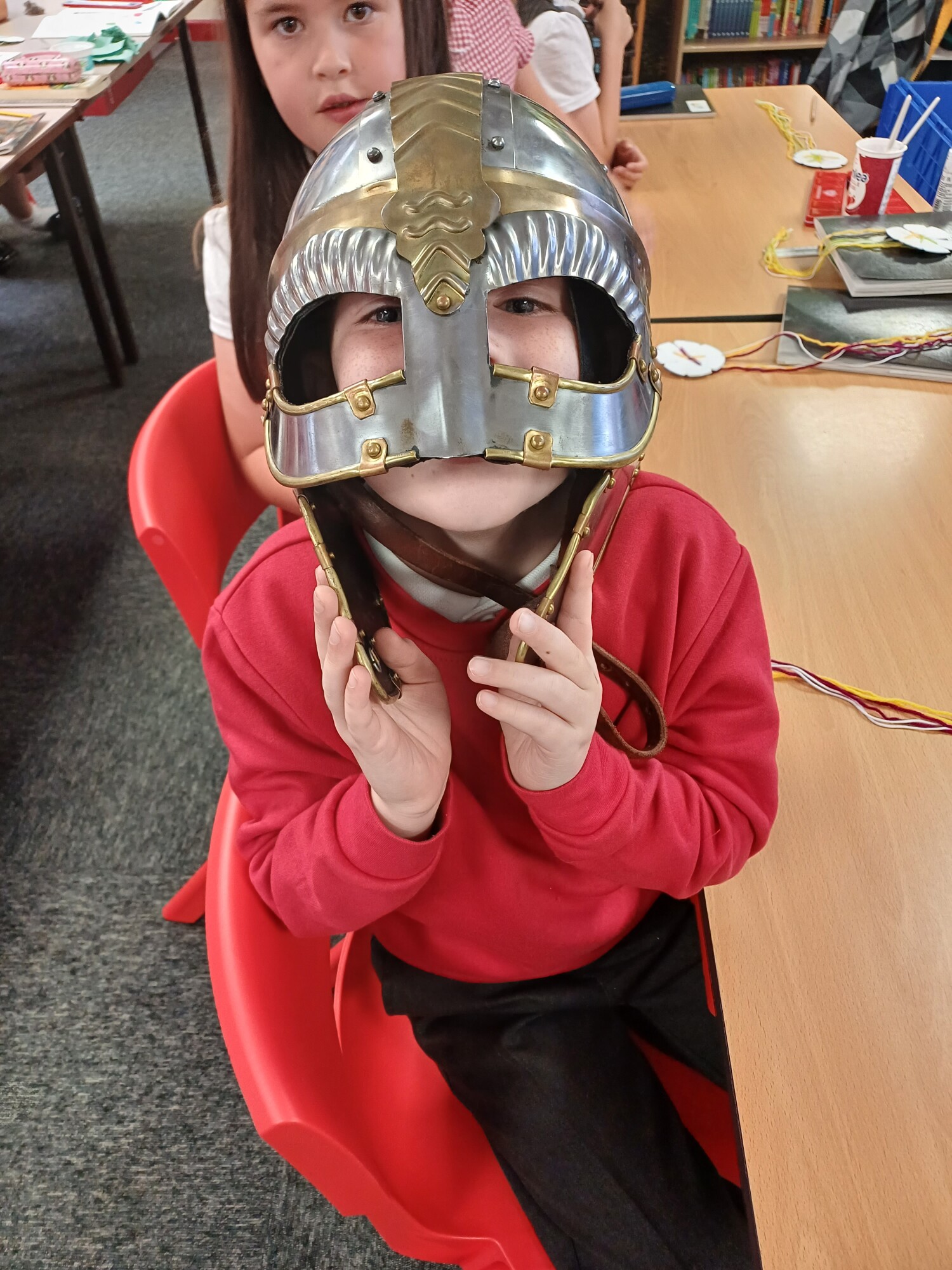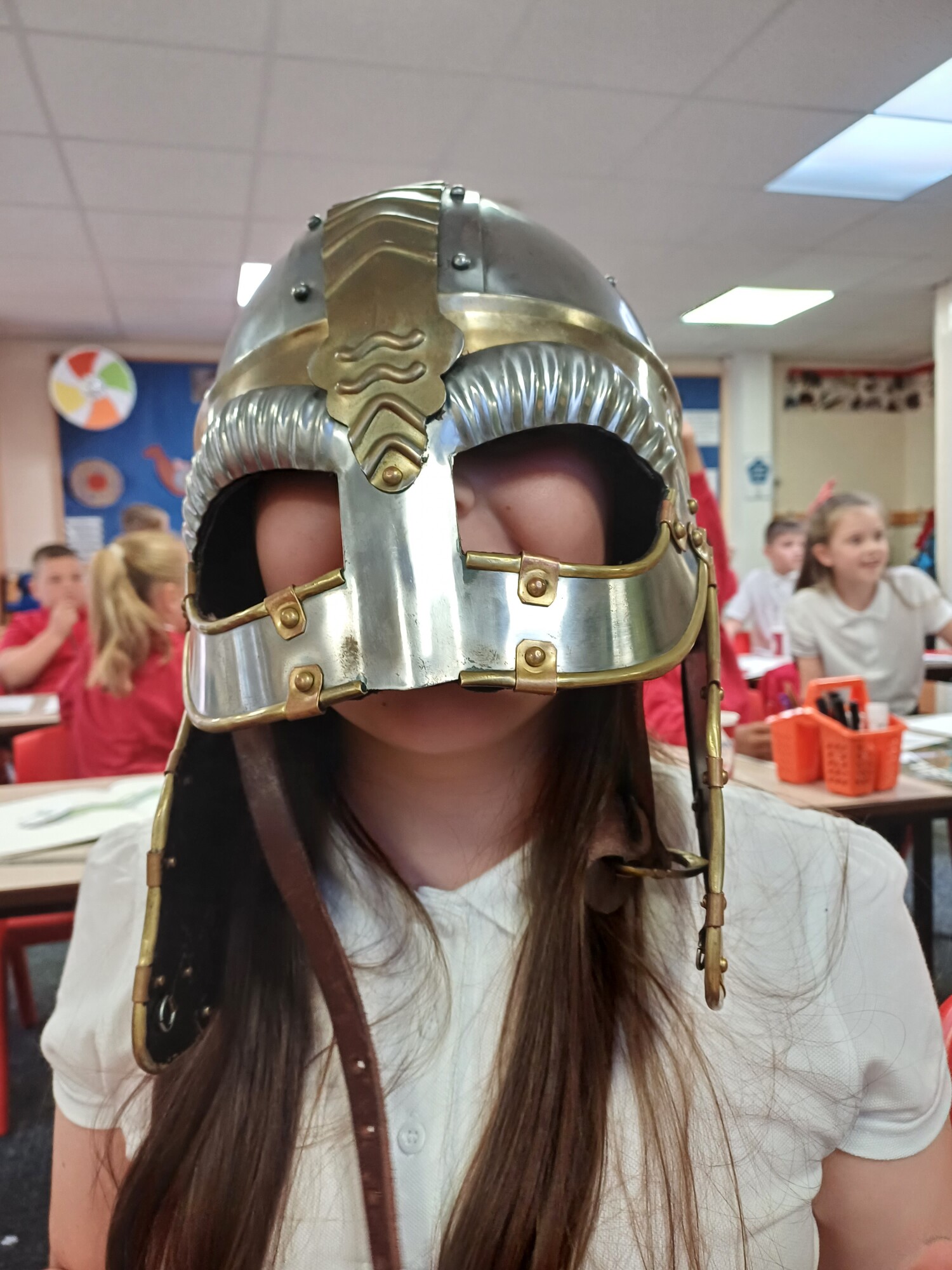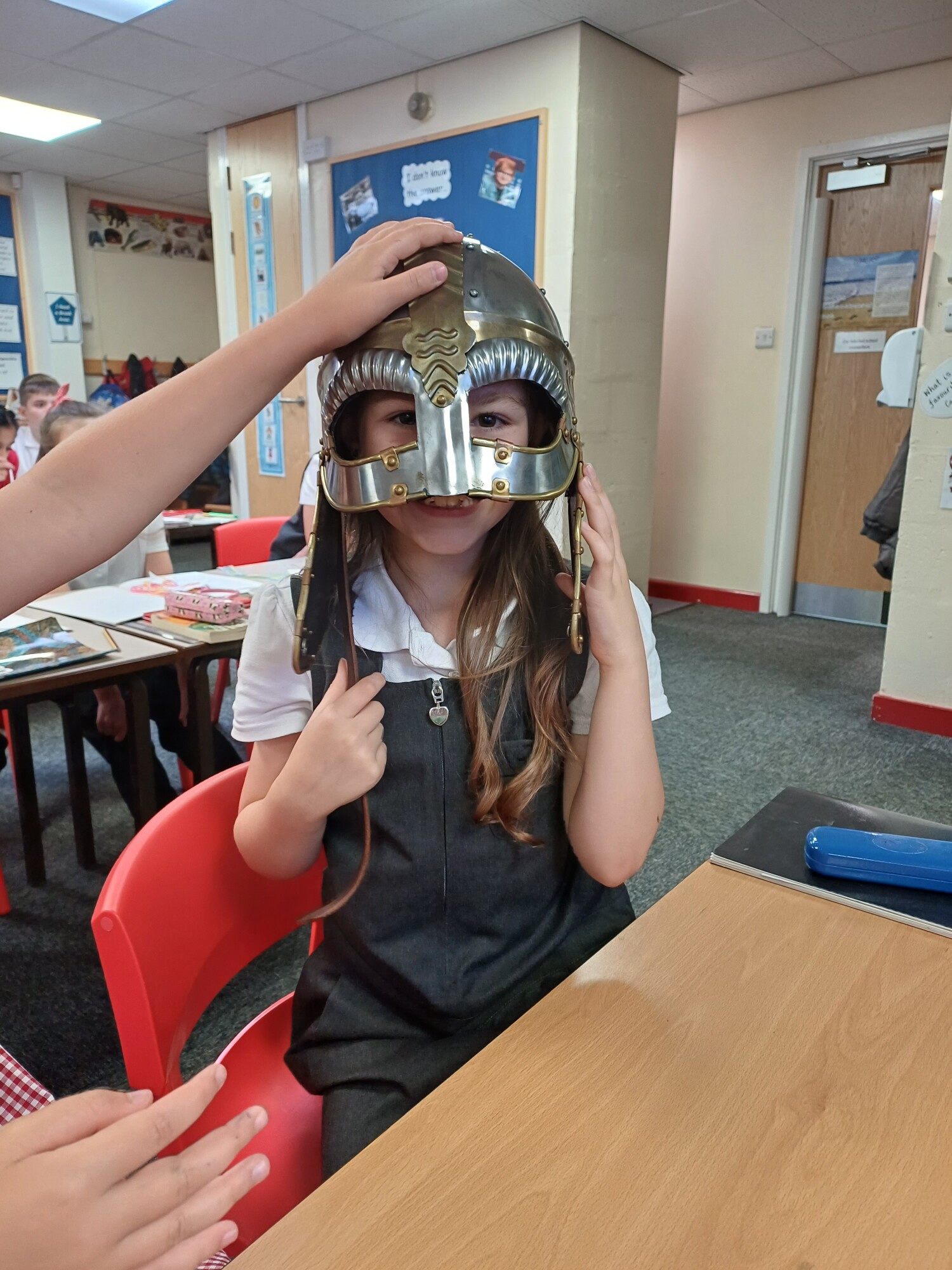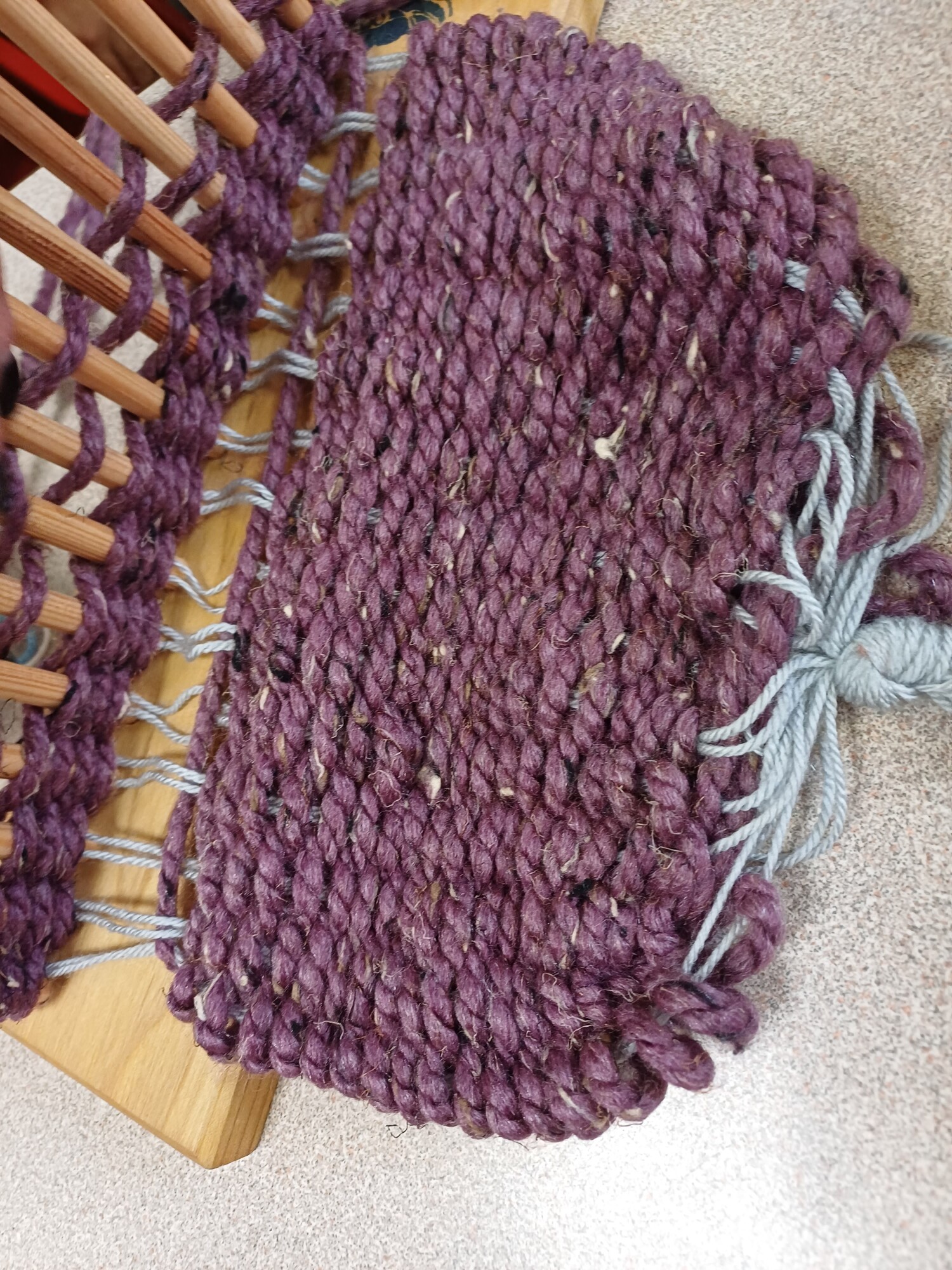History
Intent
The aim at Thrybergh Fullerton is to provide opportunities for children to develop as independent, confident, resilient and successful, life-long learners.
Through the implementation of a broad and balanced curriculum, we aim for our children to have high aspirations to make an active and positive contribution to their school, their community and the wider society, now and in the future.
Our History curriculum is intended to prepare children for their future lives in equipping them with the skills to ask questions; encouraging them to be curious about the past and the cause and effect that decisions have on people, places and cultures. We ensure that children visit a museum and places of historical significance. First hand experiences are included wherever possible.
We intend for the children at Thrybergh Fullerton to leave us with a wide ranging knowledge around historical periods studied and ability to understand historical concepts.
History at Thrybergh Fullerton:
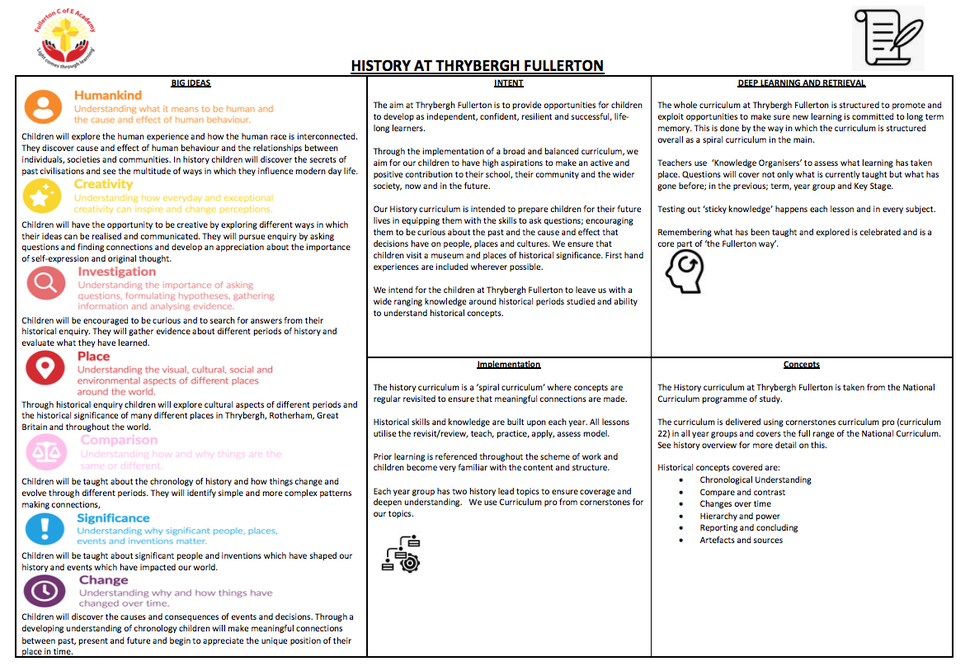
Long Term Plan From EYFS to Year Six
EYFS
Autumn Term
Me and My Community - In this project, children explore their family history and look at how they have changed since being babies. They are introduced to the vocabulary of time and learn about the lives of people in their community and their role in society, such as emergency service workers.
Once upon a Time - We look at the theme of monarchy and royalty and find out about kings and queens in stories. We will begin to compare life in the past with their lives by looking at artefacts such as clothes and buildings.
Let’s Explore - We will explore significant people from the past as we find out about famous explorers.
Marvellous Medicines - We will explore objects from the past and observe how everyday machines and vehicles have change over time.
Puppets and Pop Ups - Children explore stories from the past, including using traditional tales.
Spring Term
Starry Night – we build on the knowledge of people who help us from Me and My Community and learn about people who work at night, including significant figures and events when they learn about Neil Armstrong and the first moon landing.
Dangerous Dinosaurs – We share stories and learn about life in the past
Long Ago – we talk about events in their own lives and explore how school has changed over time, discovering what life at school was like in the past.
Stories and Rhymes – They build on their learning from Long Ago as they look at illustrations in nursery rhymes and traditional tales.
Ready, Steady Grow – we build on their knowledge of the past from Long Ago and find out about farming in the past.
Summer Term
Big Wide World – we learn about significant figures and how life and transport were different in the past. We continue to learn about family history first explored in Me and My Community and are introduced to the concept of heritage.
Moving on – In this transition project, we use the vocabulary of time to describe events and memories from the school year.
Year 1
Autumn Term
Childhood – we develop vocabulary of time and look at the concept of artefacts and explore a range of concepts, interpreting what they tell us about childhood in the past. We revisit learning from EYFS including significant events, birthdays, family trees and family celebrations. They learn about the word ‘decade’ and its meaning. We use historical sources including photographs to compare everyday life in the 1950s to today including significant events, the Queen’s coronation and learn that this was the start of her reign.
Funny Faces and Fabulous Features – This connects with the children’s understanding of themselves and their identity
Spring Term
Bright Lights, Big City – in this project we build on historical learning from ‘Childhood’ and look at The Great Fire of London, its chronology, causes and consequences.
Seasonal Changes – we look at significant figures such as Sir Francis Beaufort and Vice Admiral Robert Fitzroy and how their contributions still influence life today.
Summer Term
School Days – We extend the vocabulary of time and explore how each word or phrase describes the length of how long ago something may have happened. We listen to teachers and ex pupils, look at photographs and other historical sources. We place events in chronological order and are introduced to the Victorian Era as we learn that this is a time beyond living memory, building understanding of similarity and difference by comparing the Victorian Era to today. They look at the life of Samuel Wilderspin, who changed how young people were taught.
Year 2
Autumn Term
Movers and Shakers – Y2 children focus on significant people throughout history and are introduced to Dawson’s model of significance. They look at activists, monarchs, explorers and scientists, grouping people under these headings and learning about their lives. They use diamond ranking to sort out the historical figures, using their knowledge. They revisit chronology and make timelines, studying two significant explorers in depth, Neil Armstrong and Christopher Columbus. They look at Emmeline Pankhurst and Rosa Parks and the legacies they left.
Spring Term
Coastline – children develop historical learning about people’s lives in the past using images as sources of evidence and make careful observations. They look at the concepts of continuity and change, describing how aspects of Whitby have changed over time. They look at the life of Captain James Cook and his impact on the world, building on the ‘Movers and Shakers’ project.
Magnificent Monarchs – Children revisit the names of significant periods in history, from the Anglo-Saxon period in AD871 to the present day, creating a timeline of British Monarchs. They use royal portraits as a source of historical evidence and study six sovereigns in depth and use the statements in Dawson’s model to decide who is the most significant.
Year 3
Autumn Term
Through the Ages – children begin to carry our historical research, building up a picture of prehistoric life in the Stone Age, Bronze Age and Iron Ages. They learn about settlements, tools, food and monuments. They learn about archaeological techniques and finds, including the settlement at Skara Brae and the discovery of the Cheddar Man. They learn about the arrival and influence of the Beaker fold and study the evidence they left behind. They learn about Iron Age hillforts and compare these to the settlements of the Stone Age.
Spring Term
Rocks, Relics and Rumbles – Children in Y3 revisit Mary Anning from Y2 to learn about her prehistoric discoveries at Lyme Regis in Dorset. They see how the legacy of her work and its influence on the history of science made her a significant figure. They look at the destruction of Pompeii by the eruption of Mount Vesuvius. They develop their understanding of the role of archaeology by learning about the archaeologist Giuseppe Fiorelli who made detailed accurate records of his Pompeii finds.
Summer Term
Emperors and Empires – in this topic, children devise historically valid questions about everyday life in the Roman Empire and study Roman artefacts, information sheets and other materials to research the answers, deepening their understanding of how the Roman Empire grew and expanded. They learn about Boudicca and the Celtic Iceni Tribe. They learn how Claudius invaded Britain in AD43 and how Britain became Romanised and find out how the religion changed as a result.
Year 4
Autumn Term
Invasion – In this project, children build on their understanding of Roman Britain from Y3 and study the chronology from AD40 – 1066 using a timeline to plot points in perspective. They discover more about the cause, consequence and impact of the invasion of the Anglo Saxons and discover why they left Scandinavia. They analyse artefacts from the Sutton Hoo ship burial to find evidence of wealth, power and status of the buried person. They create an historical enquiry and learn about the Viking raids on the monastery at Lindisfarne. They learn about Kind Athelstan and continuity and change after his reign. They look for evidence in the local area of Anglo Saxon or Viking life.
Ancient Civilisations – we focus on comparisons between the Ancient Sumer and Ancient Egyptians to find out about everyday life during the earliest civilisations. They look at King Sargon the Great, the world’s first Emperor, identifying causes and effects of his actions and the success of his reign. They study the Nile, Egyptian cities, architecture and art, writing and inventions. They look at Tutankhamun’s tomb and discover how the design, decoration and materials were used to provide information about the Pharaoh.
Year 5
Autumn Term
Dynamic Dynasties – children learn about the history of Ancient China, including the myth of the Yellow Emperor and the concept of a dynasty. They study archaeological evidence from the lost city of Yin, which proved the existence of the Shang Dynasty. They discover how the people were successful warriors, studying areas such as social structure, weapons, bronze and chariot technology.
Sow Grow and Farm – Children learn about the historical campaign, ‘Dig for Victory’, from WW2 by studying a range of sources of evidence. They learn about the principles behind the campaign and the importance of people growing food to support the war effort.
Ground-breaking Greeks – here we revisit aspects of civilisation and compare the coexisting Minoan and Mycenaean civilisations. They learn about the roles of men and women and how gender, wealth and social status affected their lives. They learn about the ideas and lives of the great Greek philosophers and mathematicians and understand how their work influences aspects of our lives today. We look at the Olympic games and Green arts and culture, including theatre, sculpture and architecture.
Year 6
Autumn Term
Britain at War – we learn about the causes of WW2, learning new vocabulary including Axis, Allies, Grand Alliance, neutral and pact. We evaluate the impact of the declaration of war on ordinary people, and assess evidence, identify bias and viewpoints and verify information using further evidence and sources. We learn about the impact of war in Europe and use the terms ‘anti-Semitism’ We look at the life of Anne Frank and her family, discovering how the Nazi regime affected all aspects of their lives. We focus on the impact on families in the local area and understand the concept of remembrance.
Spring Term
Frozen Kingdoms – we describe significant achievements of explorers who sailed to polar regions. The children examine the decision made by Robert Falcon Scott on his ill-fated expedition to the South Pole and describe the causes and consequences of his demise. We also look at Ernest Shackleton and his team, describing events from their perspective. We also look at the sinking of the Titanic and create a detailed narrative of key events.
Summer Term
Maafa – we learn about Africa as the ‘cradle of humankind’. We research about the Kingdom of Alesum, The Kingdom of Benin and the Mali Empire, including aspects such as rulers and government, natural resources and trade, homes, wealth, work, religion, culture and art. We will learn about the significance of the discovery of the New World on African History and study Britain’s role within the development and growth of the slave trade over time. We will learn about the causes and consequences of the abolition of slavery and the Race Relations Act 1965, why it was passed, and its impact on Britain.
Samples of How Knowledge is Covered
How History Knowledge is Sequenced
Assessment
We use cornerstones formative assessment at the end of each lesson to determine whether the children have a good understanding of the main concepts taught.
Afternoon tea for the King and a special visit from Sir William Petty (Great fire of London).
Year 6 Victorian trip
Year one tea party with the Queen
Year 4 work on timelines
Year 2 school history
Year one visit to Victorian school
History around school
Year six poetry inspired by the World War presentation from the library service.
Year three Roman Library visit
Year three trip to Bosworth Battlefield

